The rise of AI in education is transforming how we teach, learn, and manage academic institutions. From intelligent tutoring systems to personalized learning platforms, AI education tools are reshaping classrooms and online courses alike. Educators are turning to AI for education to streamline administrative tasks, identify learning gaps, and tailor lessons to each student’s needs.
But the impact goes beyond automation—educational AI is redefining student engagement and institutional performance across K-12, higher ed, and adult learning programs. Whether you’re exploring AI in higher education, looking for AI tools for educators, or assessing the pros and cons of AI in education, understanding how these systems work is critical.
In this article, we’ll break down the real-world AI applications in education, highlight both opportunities and limitations, and explain how generative AI in education is being adopted in classrooms. Discover how the use of AI in education can boost outcomes—if used responsibly.
Introduction to AI and Its Role in Education
Artificial Intelligence is reshaping education by helping teachers do more with less. Instead of replacing educators, AI in education supports them—automating routine tasks, identifying student learning patterns, and offering personalized recommendations based on real-time data. With the use of AI in education, classrooms are becoming more adaptive and efficient.
AI tools can assess student performance continuously, flagging learning gaps before they become serious problems. They also allow for tailored instruction, so students get exactly what they need, when they need it. In higher education, AI streamlines grading, improves accessibility, and assists in course design.
But AI and education go beyond smart systems. These technologies make large-scale education management faster and more data-driven, helping institutions allocate resources wisely. From chatbots answering student questions to tools that adjust difficulty based on progress, AI for educators is becoming a quiet engine behind modern learning.
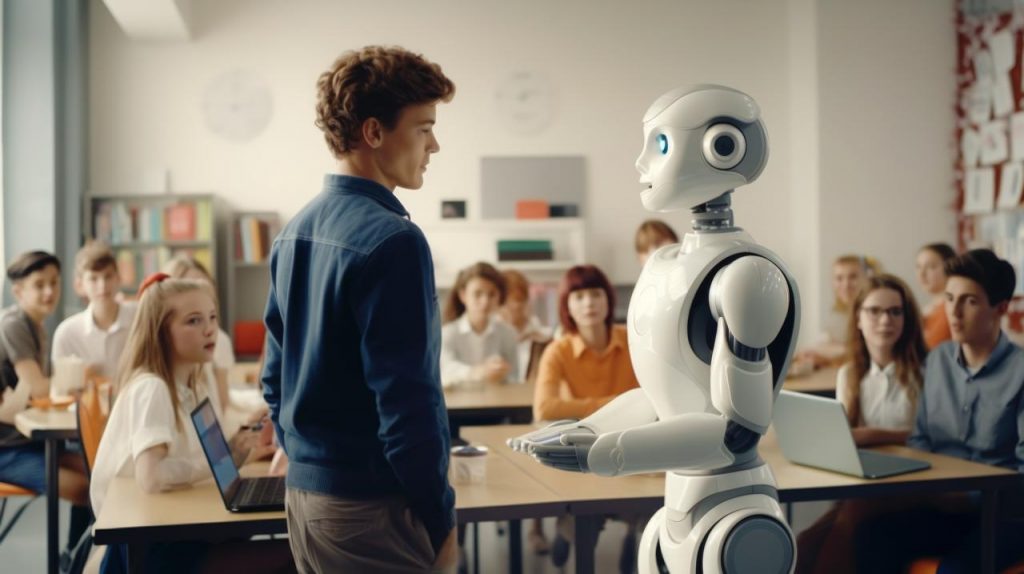
Traditional vs. AI-Enhanced Classrooms
| Aspect | Traditional Classroom | AI-Enhanced Classroom |
| Teaching Method | Primarily lecture-driven with a uniform approach for all students | Customized instruction powered by adaptive AI tailored to individual learning needs |
| Student Engagement | Engagement levels vary; often passive learning | Highly interactive with real-time feedback and continuous student involvement |
| Assessment | Occasional standardized quizzes and exams | Ongoing evaluations with instant results and adaptive testing tailored to progress |
| Learning Pace | Same pace applied to the whole class | Personalized pacing based on each student’s performance and progress |
| Access to Resources | Heavily reliant on printed materials and classroom availability | Broad access to digital tools, content, and online learning platforms |
| Feedback | Slow feedback cycle; often after assignments or tests | Immediate insights into student performance, enabling faster improvement |
| Curriculum Flexibility | Static curriculum with limited room for adaptation | Dynamic content that adjusts based on students’ goals, interests, and understanding |
| Data Utilization | Little use of performance data to inform instruction | Active use of learning analytics to adapt teaching strategies and improve outcomes |
| Skill Development | Emphasis on memorization and repetition | Focus on problem-solving, digital skills, and analytical thinking |
| Accessibility | Access limited to physical presence and fixed hours | Learning possible anytime, anywhere with internet access and digital devices |
| Teacher Workload | Time-consuming administrative duties | Reduced paperwork and grading thanks to AI-driven automation tools |
Benefits of AI in Education
Schools are finally catching up with the rest of the world when it comes to technology. AI isn’t just another trendy word anymore – it’s solving real problems that teachers and students deal with every day.
Personalized Learning is probably the biggest game changer. Instead of everyone getting the same worksheet at the same time, AI figures out what each student needs. If you’re struggling with fractions, it gives you more practice. If you already get it, it moves you forward. The software watches how you learn and adjusts on the spot. You don’t have to repeat what you already know or fall behind the group when they move on.
Teachers get rid of wasting time on paperwork. AI is now responsible for grading, lesson plans, and generating content automatically. Teachers can finally focus on helping kids who need extra support rather than doing loads of paperwork.
Enhanced accessibility is huge for students who learn differently. Kids with dyslexia can use speech-to-text tools. Students with ADHD get personalized feedback that keeps them on track. It’s not about lowering standards – it’s about removing barriers that kept capable students from succeeding.
Colleges are using AI to stop students from dropping out before it happens. Student retention is getting more and more frequent. Reasons are missed assignments, declining grades, stopped participating in discussions. Advisors can reach out with help before students disappear completely. Way better than waiting until someone fails to figure out they were struggling.
Improved classroom engagement comes from making lessons actually interactive instead of just sitting and listening. Moreover, AI applications create content that responds to what students do, adds game elements that don’t feel childish, and keeps adjusting based on how engaged everyone is. Teachers can see immediately who’s getting it and who needs help.
Security and integrity are also supported by AI, with proctoring systems that detect unusual behavior during online exams and tools that check for plagiarism. AI is not just improving how students learn—it’s also shaping how educators grow. AI for education offers professional development recommendations, helping teachers keep up with changing technologies and best practices.
Challenges and Concerns of AI in Education
While AI in education offers numerous advantages, its implementation also brings significant challenges that cannot be overlooked. One of the most pressing concerns is data privacy. AI-powered platforms collect and process vast amounts of personal information from students and educators. Without strict safeguards, this data can be vulnerable to misuse, unauthorized access, or breaches—raising serious ethical and legal issues.
Bias in AI algorithms is another major challenge. If the training data used to build AI systems contains bias, it can lead to unfair outcomes—for example, mislabeling or misjudging students based on race, language proficiency, or socioeconomic status. In some cases, predictive systems have reinforced inequalities rather than eliminated them.
There’s also the risk of over-reliance on technology. As AI tools take over tasks like grading, content creation, and learning support, there’s a danger of diminishing human interaction in the classroom. Students benefit not only from academic instruction but also from the social and emotional connection with teachers—something AI cannot replicate.
High implementation costs create further barriers, especially for underfunded schools. Advanced AI systems often require expensive software, hardware, and ongoing staff training—making access unequal.
Lastly, academic integrity is a growing concern. Generative AI tools can easily be misused for plagiarism or cheating, prompting the need for clear policies and digital literacy education.
To ensure AI and education develop hand in hand, institutions must implement balanced strategies—emphasizing transparency, equity, and responsible use.
Ethical Considerations in AI-Powered Education
Schools are rushing to use AI without thinking about what could go wrong. And plenty can go wrong.
Your kid’s personal information is now a product. These AI programs know everything – how long it takes your child to solve math problems, what they get confused about, even when they seem distracted. All that super personal stuff gets stored in some company’s database. Most schools struggle to keep their printers working, but somehow they’re supposed to protect intimate details about how thousands of kids think and learn? Good luck with that.
AI picks up on all our worst habits and makes them seem official. The software learns from real data, which means it absorbs all the unfair assumptions people already have. So it might decide kids with accents must have learning problems, or that certain students are troublemakers based on old discipline records. The computer isn’t trying to be unfair – it’s just copying patterns from a world that already treats some kids worse than others. But now those biases get a tech stamp of approval, which makes them even harder to fight.
Lastly, surveillance technologies, such as facial recognition or behavior tracking, can create an environment of constant monitoring, which may harm trust and autonomy in learning spaces.
Schools need to take measures before this gets out of hand. They require strict rules about how AI gets used. Kids must understand these tools instead of just using them. Computers are supposed to help teachers, not replace them. Nobody wants their kid’s education decided by an algorithm.
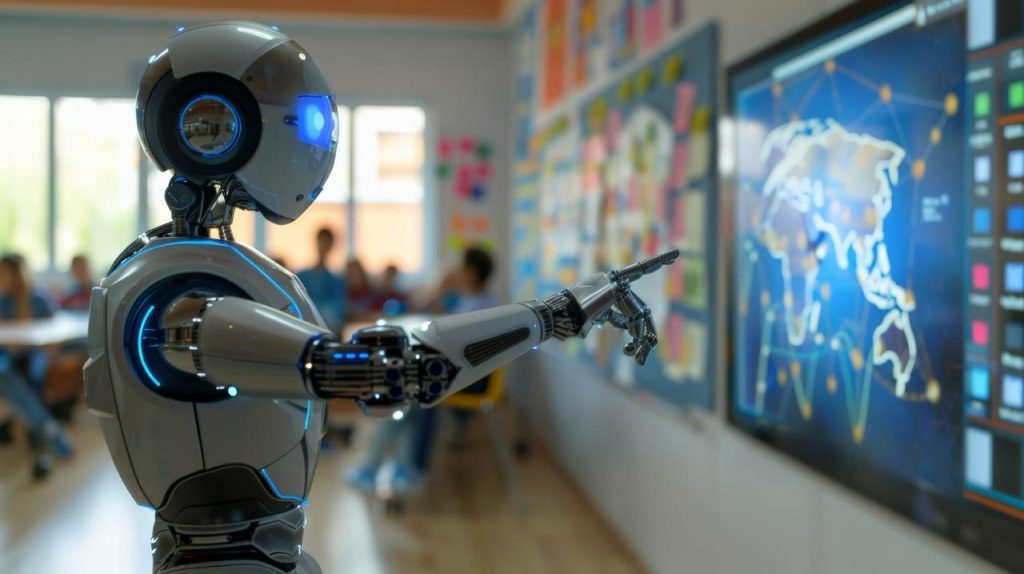
Will Computers Replace Teachers?
People worry that AI will take over classrooms. It won’t happen.
Computers are good at some things. They grade tests fast. They make worksheets. They track which kids need help with math. That’s useful stuff.
But teaching is way more complicated. Mrs. Johnson knows when Sarah is upset about something at home. She can tell if Mike is goofing off or genuinely confused. She switches tactics when half the class looks lost. No computer program can do that.
Kids don’t just need information dumped in their heads. They need someone who cares when they succeed. Someone who notices when they’re struggling. Someone who believes in them when they don’t believe in themselves.
AI should handle the annoying parts. Grade the quizzes. Make the homework sheets. Send reminder emails to parents. Let teachers focus on the important stuff – like helping kids learn and grow.
The goal isn’t to replace teachers. It’s to give them better tools so they can do what they do best. Build relationships. Inspire curiosity. Help kids figure out their strengths.
Any parent knows this. When your child comes home excited about school, it’s because of their teacher, not because of some computer program. That human connection matters more than any technology ever will.
Computers are tools. Teachers are teachers. There’s a big difference.
The Evolving Role of Teachers in the Age of AI
In the age of AI in education, the role of teachers is not fading—it’s transforming. As AI tools automate routine tasks like grading or content creation, teachers are gaining more time to focus on higher-value activities: mentoring, fostering creativity, and supporting emotional development. The teacher is no longer just a transmitter of knowledge, but a strategist, coach, and ethical guide.
Today’s educators must develop a new set of skills. Understanding how AI education tools function, how to interpret their outputs, and when to rely on or override their suggestions is now part of modern teaching. Teachers also play a key role in helping students build digital literacy—teaching them how to critically evaluate AI-generated content, understand algorithmic bias, and navigate the ethical implications of AI use.
Rather than competing with technology, teachers are becoming the essential bridge between human learning and machine efficiency. They contextualize AI-generated feedback, tailor instruction based on insight, and ensure students stay connected, curious, and socially engaged.
As education and AI continue to evolve, so will the responsibilities of educators. Their impact won’t be diminished by AI—it will be deepened, shaping how future generations interact with and lead in an increasingly AI-driven world.
Top 40 Real-World Examples of AI in Education
Schools are completely different now because of AI. It started with simple stuff like automatic grading. Now we have AI tutors that adjust to each student, smart systems that give detailed feedback, and learning programs that change based on how kids are doing.
From kindergarten classrooms to college campuses, AI is being integrated in real-time to improve learning outcomes, reduce teacher workload, and expand access to quality education. Below are 40 real-world examples of how AI is shaping the future of education.
1. DreamBox Learning
DreamBox Learning is a tool that responds in real time to student input. It tracks how students solve problems, not just if they get answers right, then adjusts the difficulty, pacing, and type of instruction. Teachers also get dashboards with insights to personalize support. It’s widely used from K-8 to close learning gaps in math.
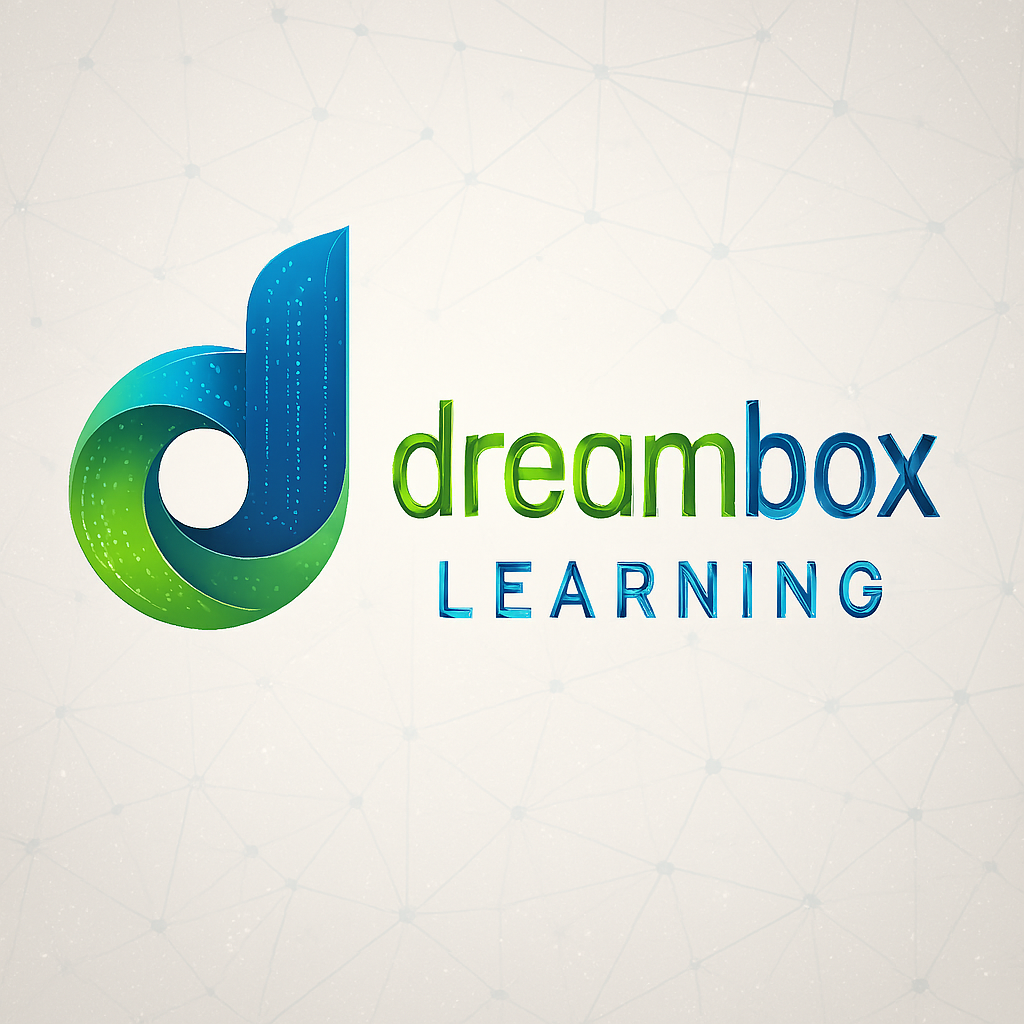
2. Knewton
Knewton personalizes learning by analyzing student data—performance, behavior, and content mastery. It adjusts lesson content and order to match each student’s learning pace and strengths. Knewton is used in higher education and test prep, helping instructors offer more individualized pathways without needing to manually tailor assignments for every learner.
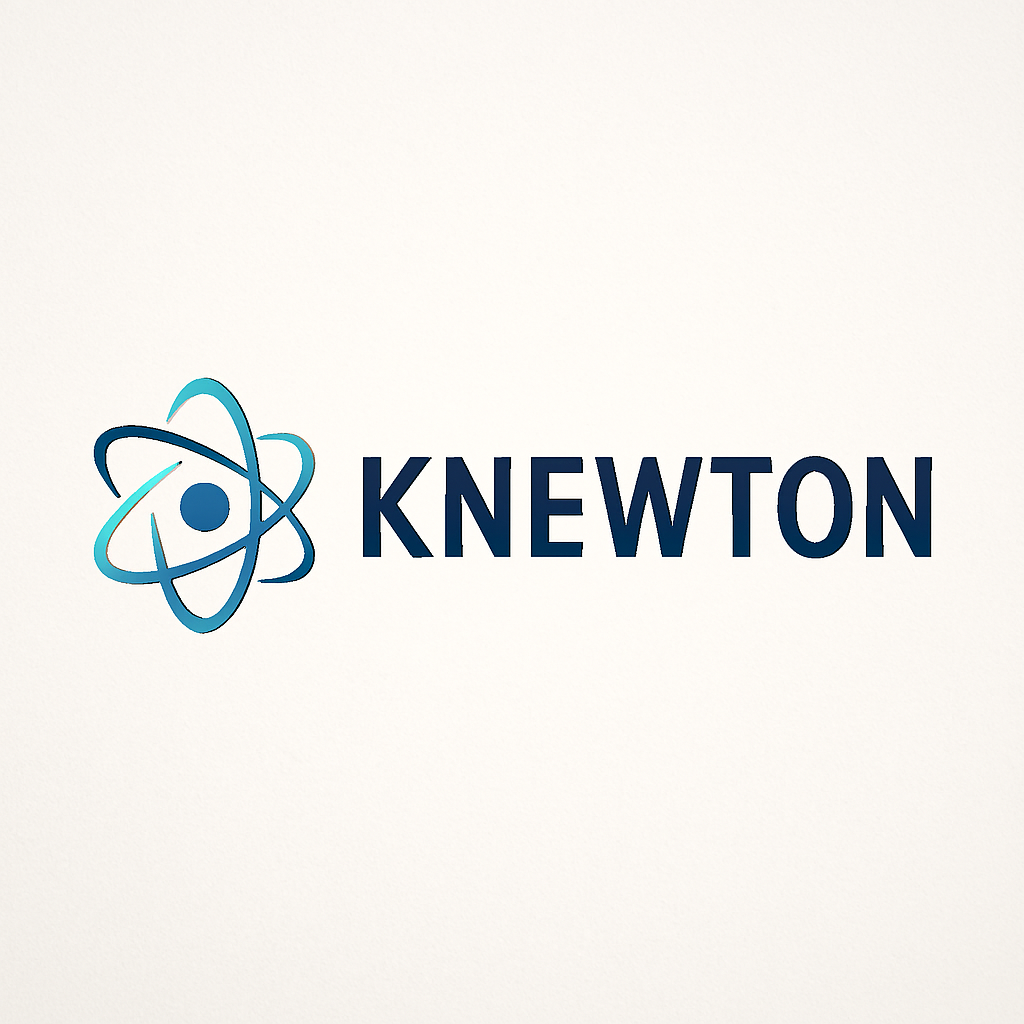
3. Smart Sparrow
Teachers use this to build courses that adjust to each student automatically. If you’re struggling with biology concepts, it gives you more practice. If you get it quickly, it moves you ahead. Popular in colleges because professors can create lessons that actually respond to how their students learn.
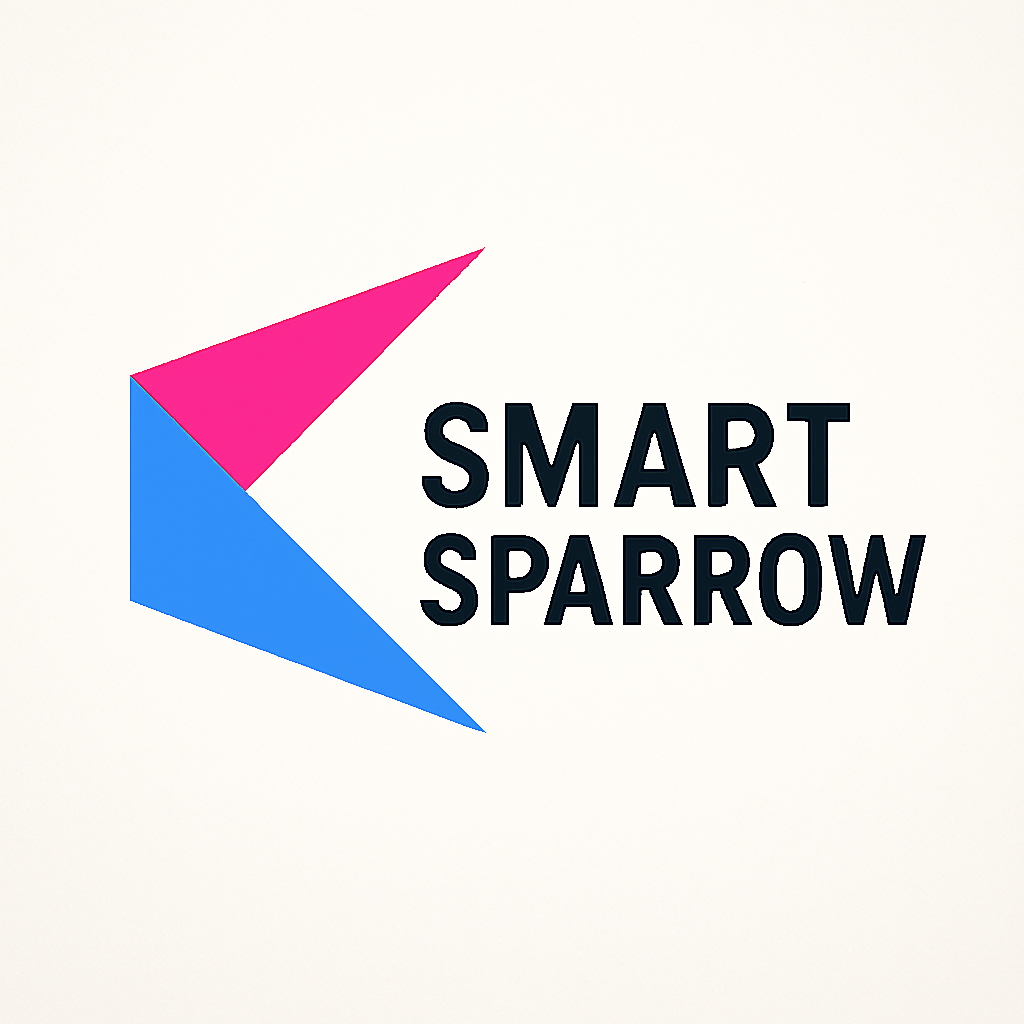
4. Carnegie Learning’s MATHia
Think of it as a patient math tutor for middle and high schoolers. It spots exactly where kids get confused in algebra or geometry and helps them fix it immediately. Teachers can see which students are stuck and which ones need harder problems. Good at catching bad math habits early.

5. Squirrel AI
This Chinese system breaks every topic into small pieces and makes sure students master each one before moving forward. Creates completely personalized learning paths instead of forcing everyone through the same textbook order. Built for test-heavy education systems where precision matters.
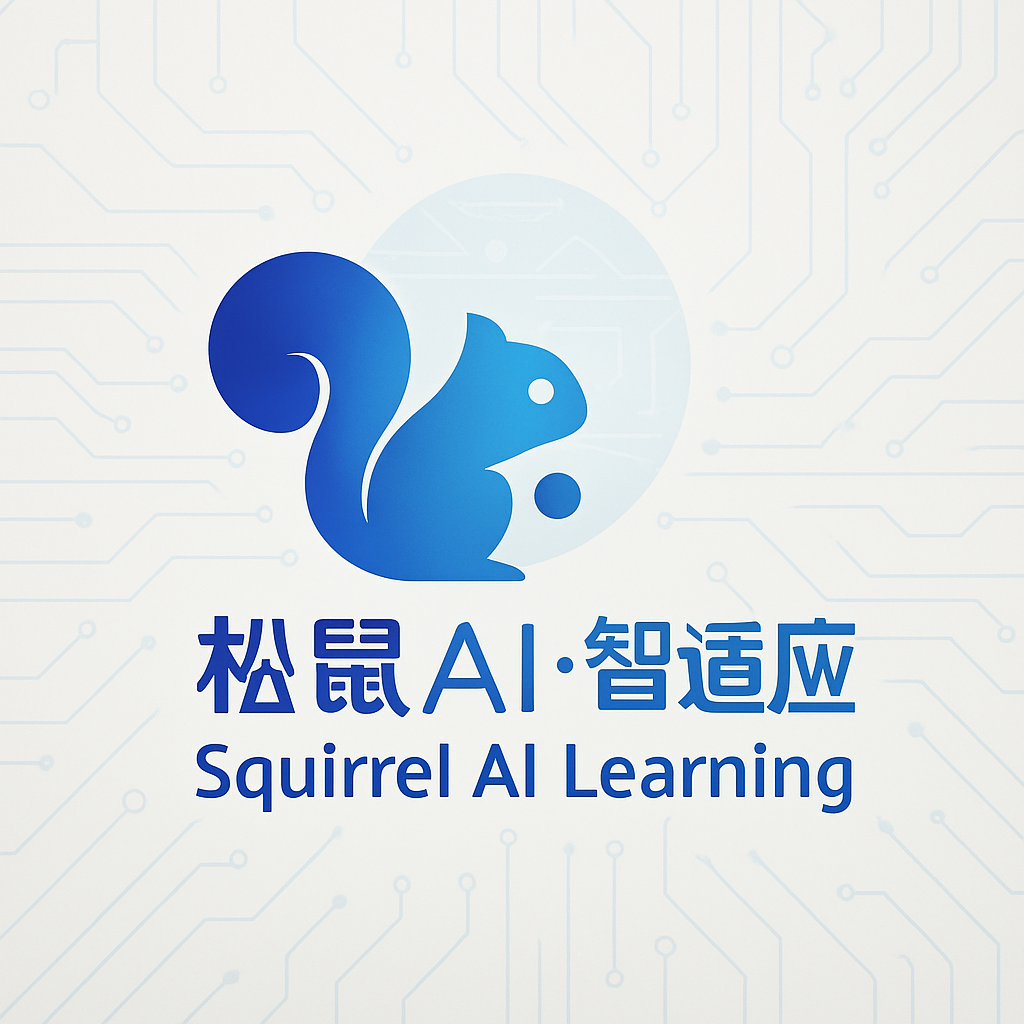
6. Grammarly
Grammarly uses natural language processing to provide real-time grammar, spelling, tone, and clarity suggestions. In classrooms, it supports students in improving their writing independently. For educators, it ensures cleaner submissions and enhances writing instruction. It also includes plagiarism detection, making it useful across academic and professional writing contexts.
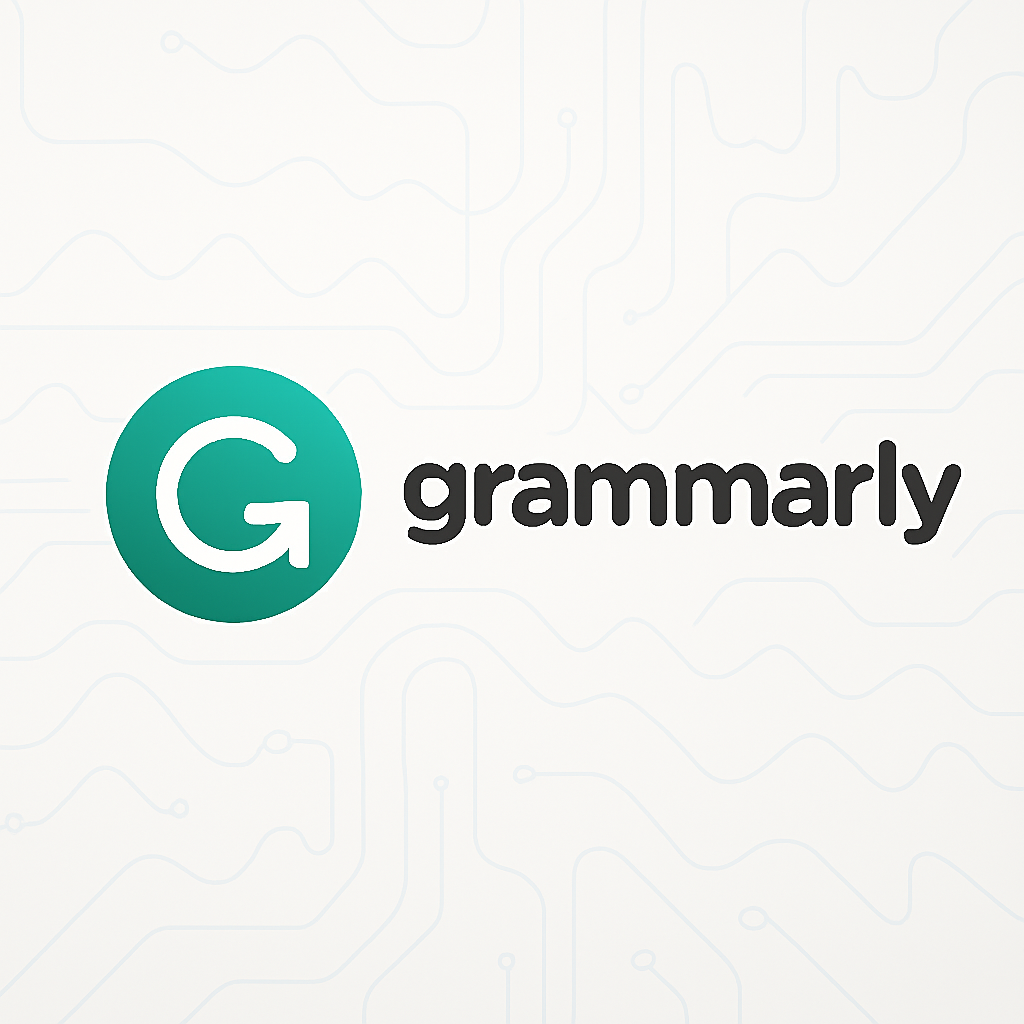
7. ChatGPT for Writing Help
Students use ChatGPT to brainstorm ideas, improve drafts, or get explanations about grammar and sentence structure. It’s like having a writing tutor available 24/7. Used responsibly, it helps students learn how to express themselves better and overcome writing anxiety, especially for second-language learners or those struggling with writer’s block.
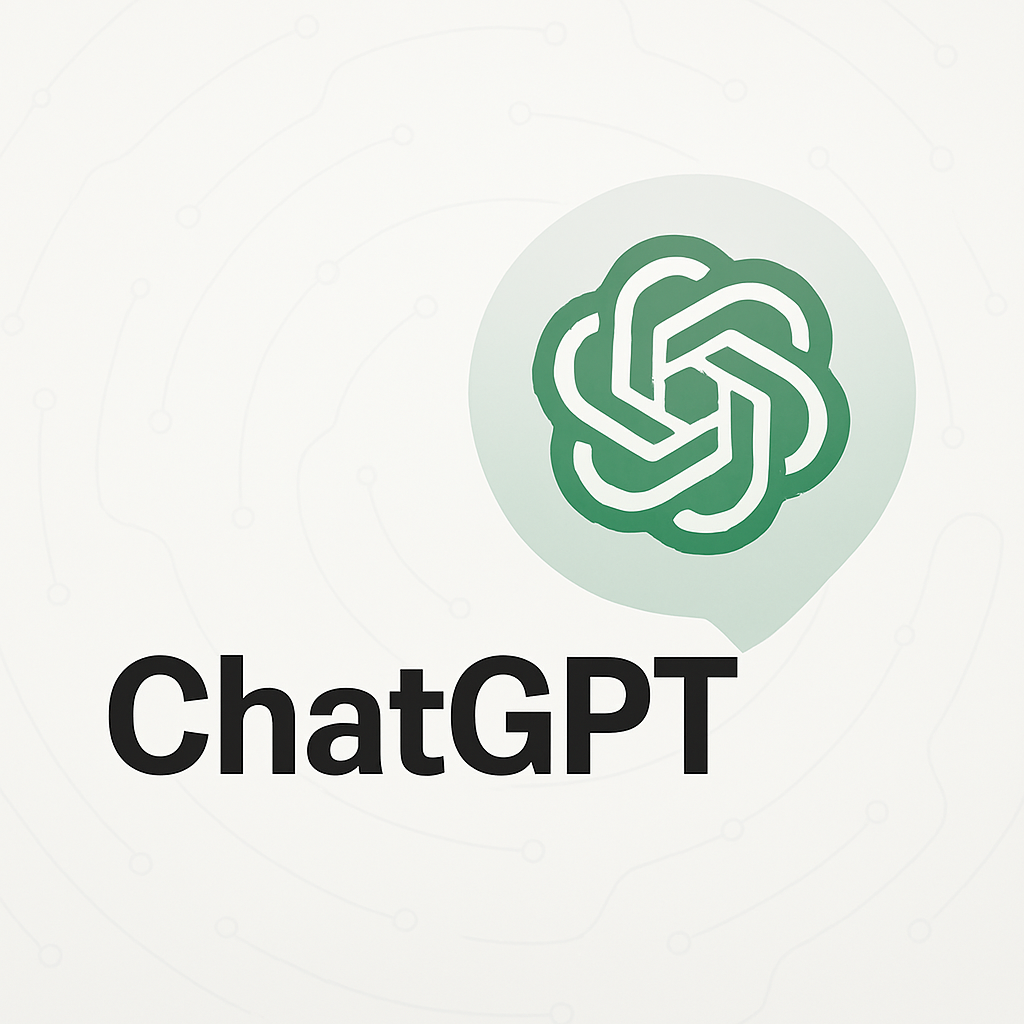
8. Duolingo Max (GPT-4)
Duolingo Max is the premium version of Duolingo, powered by GPT-4. It includes interactive roleplay where learners speak with AI characters in real-life scenarios and get feedback. This combination of gamification, conversation, and error analysis offers a rich language learning experience that adapts as users improve.
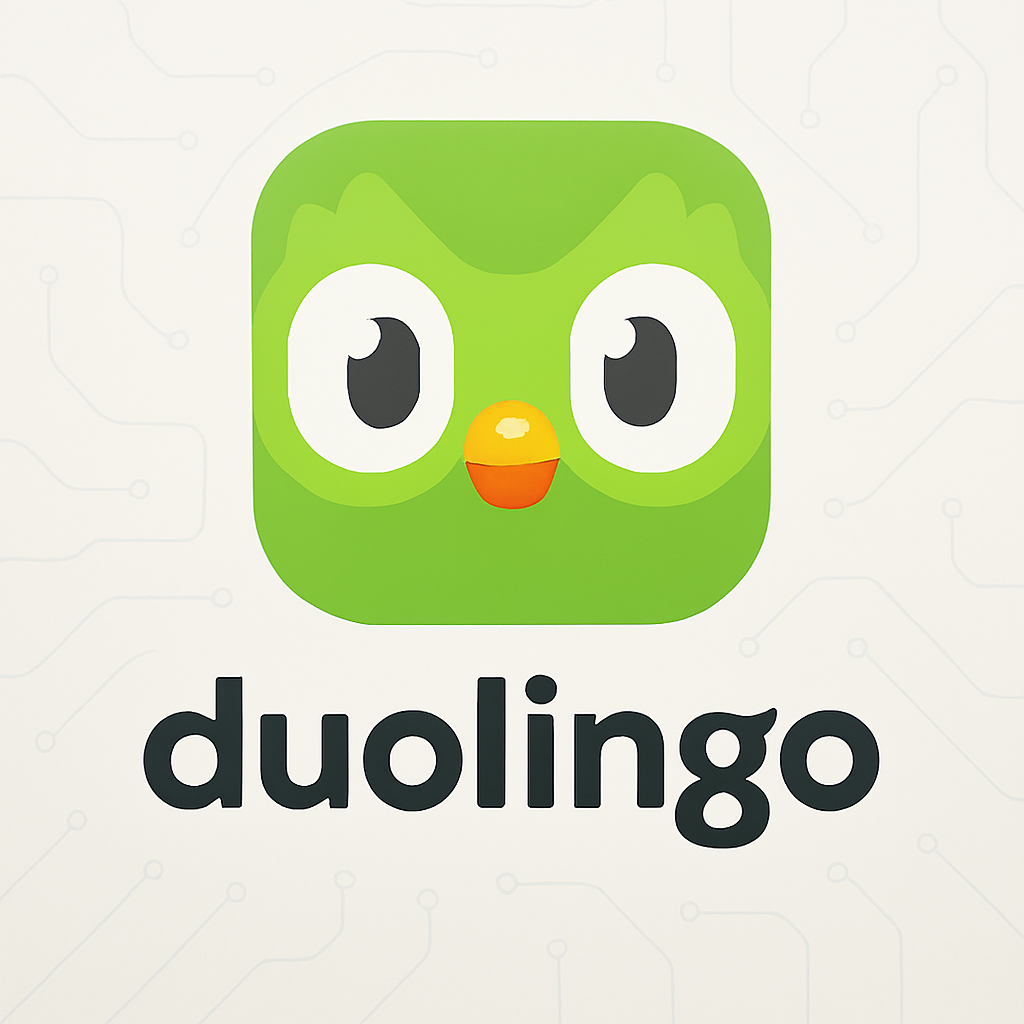
9. Elsa Speak
Elsa Speak is an AI-powered English pronunciation coach. It listens to a user’s speech and gives real-time feedback on articulation, intonation, and fluency. It’s especially useful for non-native English speakers preparing for interviews, presentations, or language exams. The app tracks progress over time and adapts lessons to target pronunciation weaknesses.
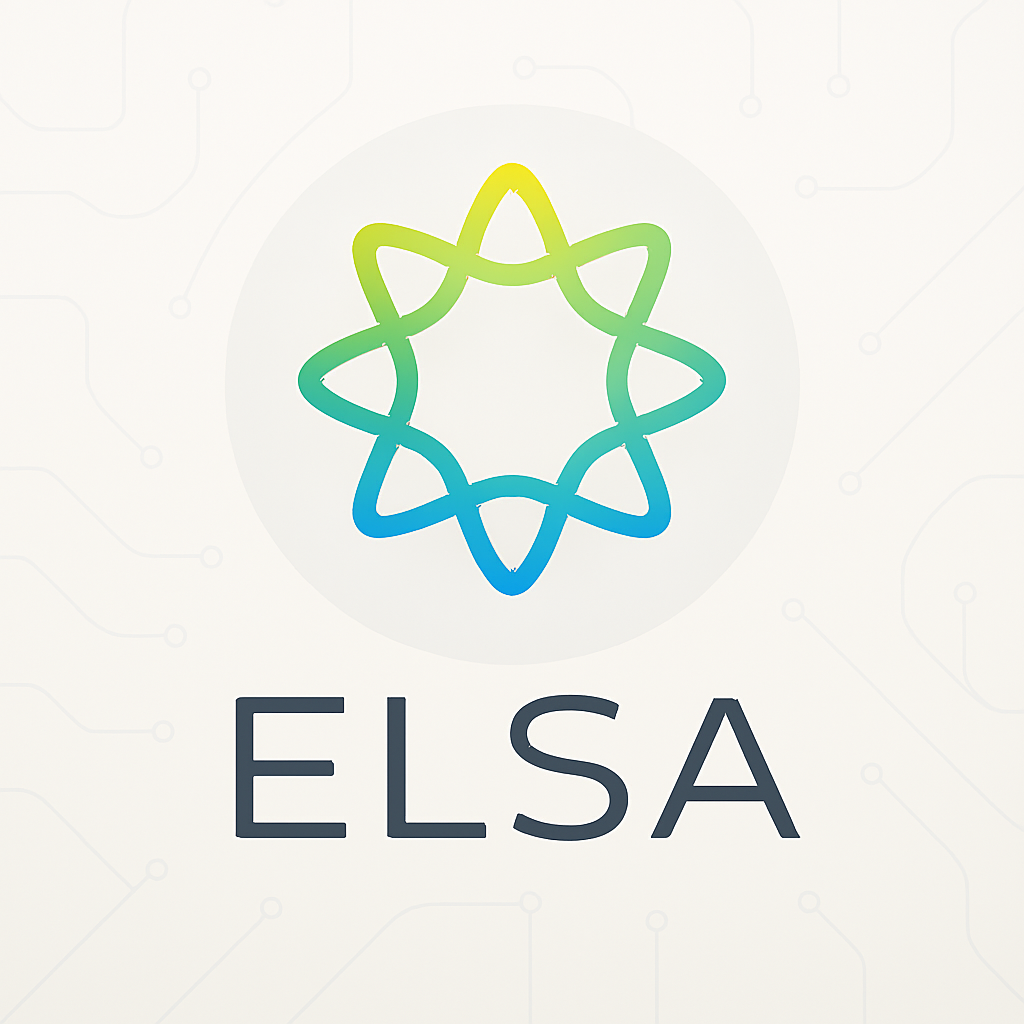
10. DeepL Translator
DeepL Translator uses AI to deliver highly accurate translations across many languages, often surpassing Google Translate in nuance and grammar. It’s valuable in multilingual classrooms and international education settings, helping students and educators communicate across language barriers. It also supports inclusive content creation by making educational resources more globally accessible.
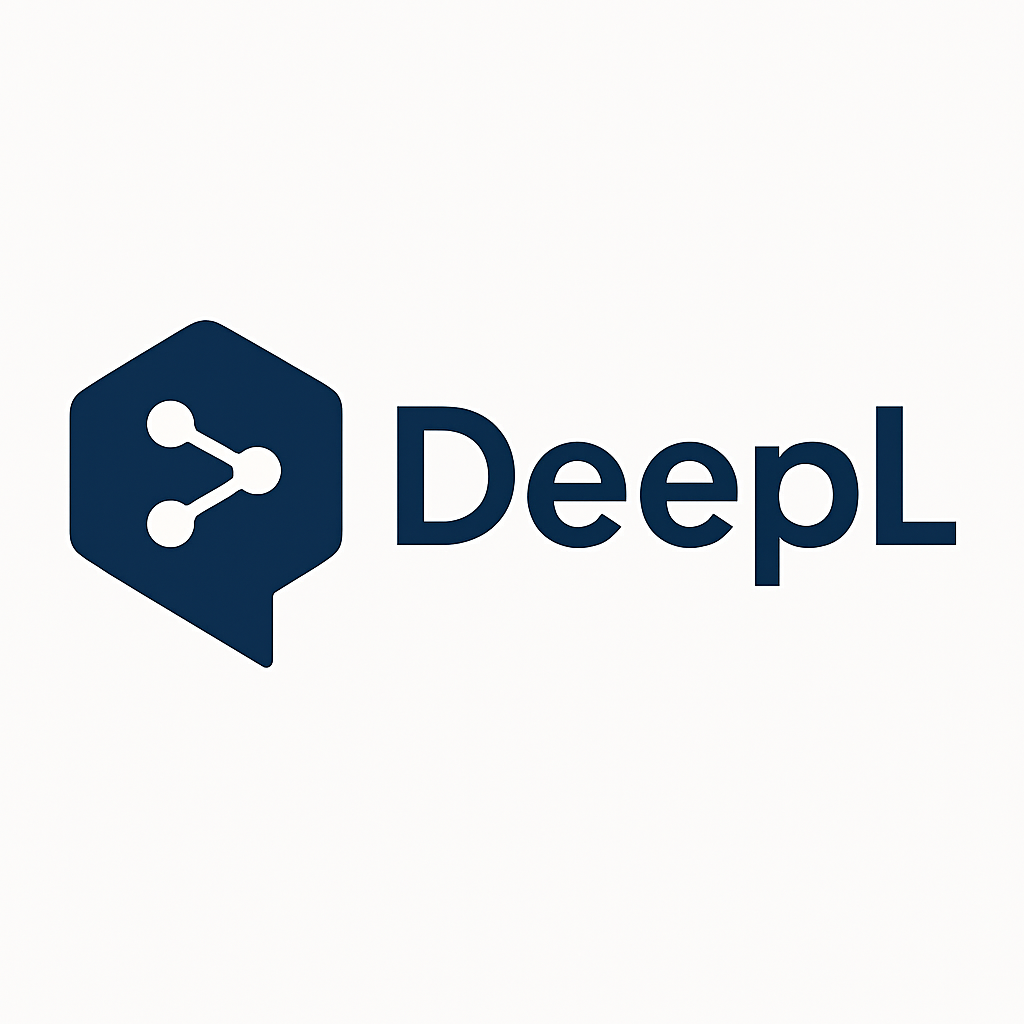
11. Education Copilot
It makes lesson plans and worksheets in minutes instead of hours. You tell it what you’re teaching and for what grade, and receive materials that meet your standards. You can change them or use them straight up. It’s like having a prep assistant who never sleeps.
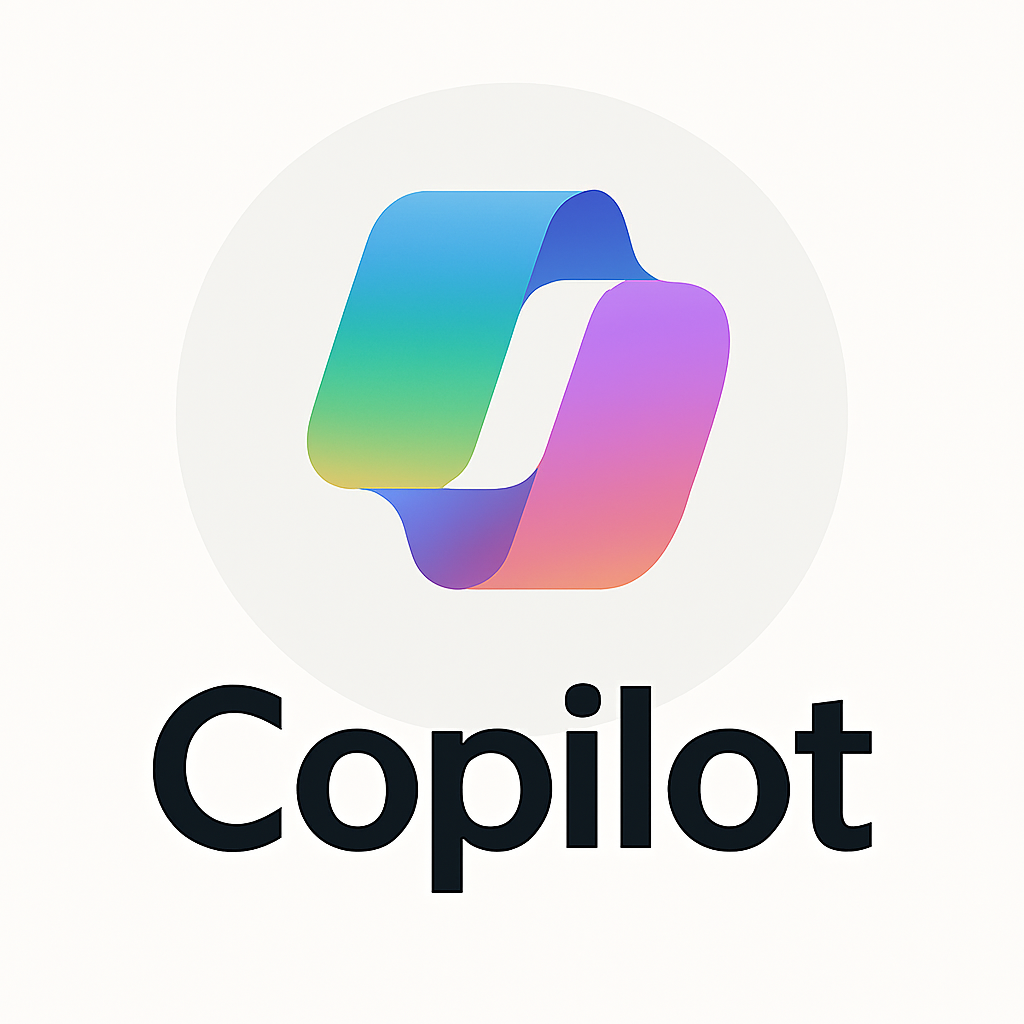
12. Top Hat Marketplace
Top Hat Marketplace is a repository of interactive, customizable educational content curated with AI. It enables instructors to search, adapt, and deploy course materials like quizzes, simulations, and discussion prompts. The AI recommends content based on subject, student feedback, and prior usage—supporting more dynamic lectures and increasing student engagement through interactivity.

13. Khanmigo (Khan Academy)
Khanmigo is an AI-powered assistant integrated into Khan Academy that acts as a teaching co-pilot. It helps students by answering questions, explaining concepts, and walking them through problems. For teachers, it suggests quiz questions, tracks student progress, and flags areas needing intervention. Khanmigo makes personalized tutoring accessible at scale within a trusted platform.
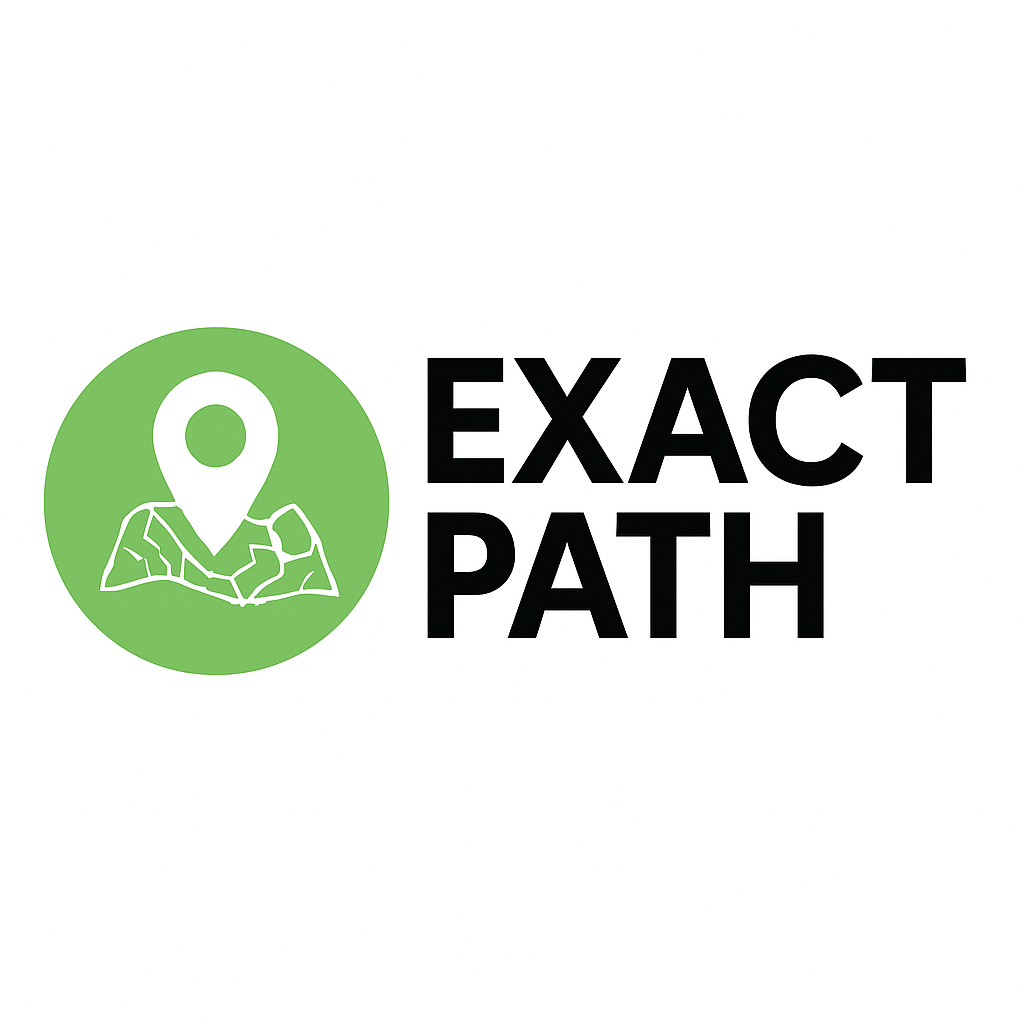
14. ChatGPT for Teaching Prompts
Educators use ChatGPT to generate classroom content such as writing prompts, rubrics, discussion questions, and differentiated assignments. It acts as a creative partner, helping teachers brainstorm or scaffold lessons faster. This reduces planning time and supports differentiated instruction across a wide range of subjects and grade levels.
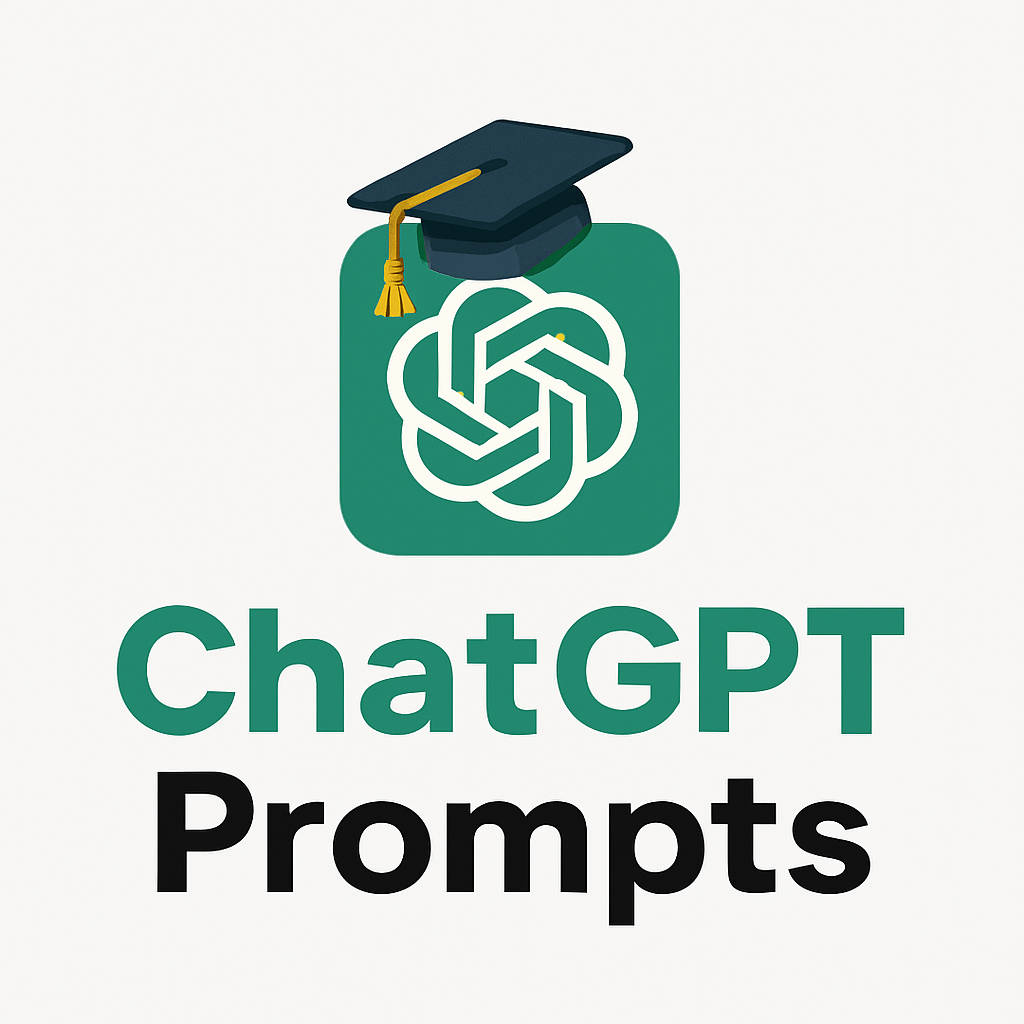
15. Diffit
Diffit helps teachers rewrite any passage—article, story, or explanation—to match different reading levels and learning styles. Its AI rephrases text for emerging readers, ESL learners, or advanced students, all while preserving the core meaning. It’s ideal for classrooms with diverse learning abilities and for adapting open educational resources.
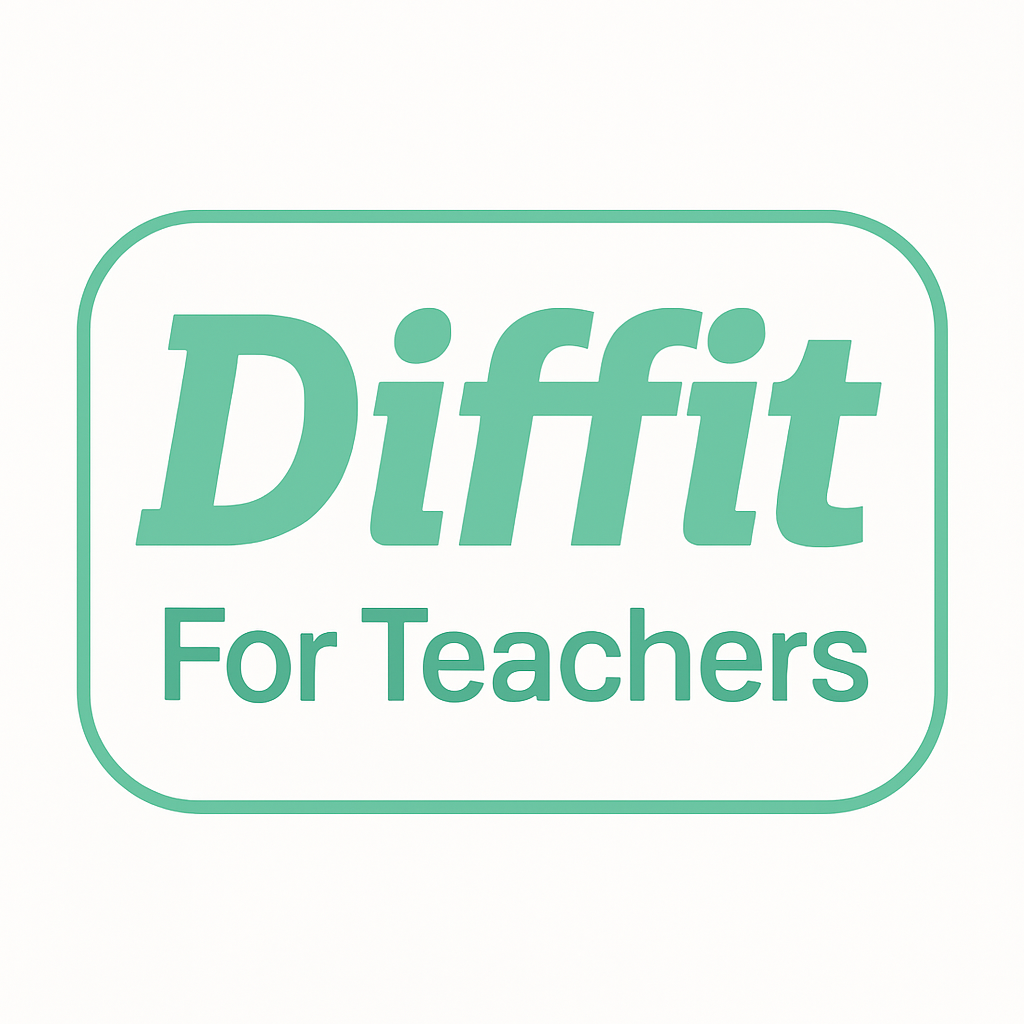
16. Gradescope
Gradescope uses AI to assist in grading exams, homework, and coding assignments. It groups similar answers, allowing instructors to grade many submissions at once. Handwritten responses are digitized and interpreted with remarkable accuracy. This reduces grading time significantly and provides consistent, detailed feedback across large classes or multiple graders.
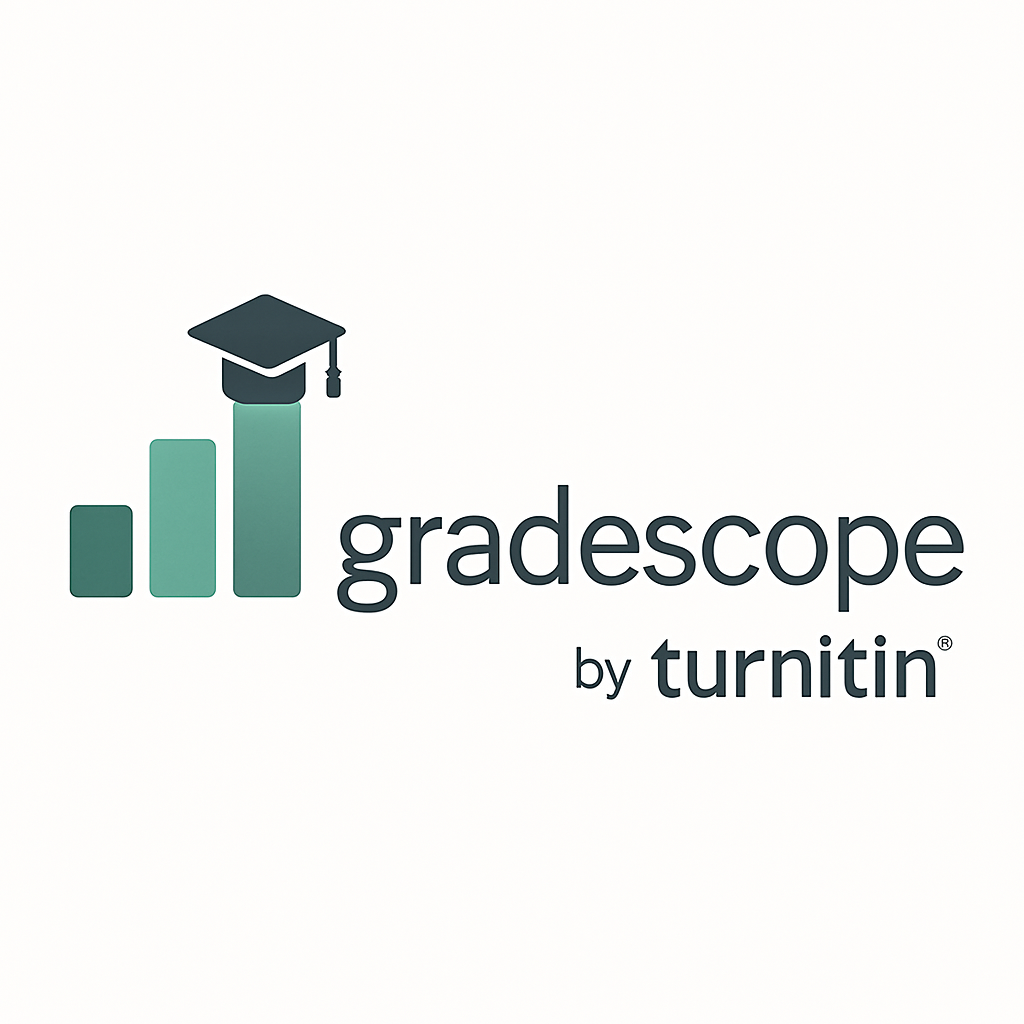
17. Turnitin Feedback Studio
Turnitin Feedback Studio goes beyond plagiarism detection—it also provides grammar, structure, and writing mechanics feedback. AI highlights problem areas and suggests corrections while offering instructors tools to comment and score efficiently. It supports academic integrity and improves student writing through structured feedback and similarity reporting.
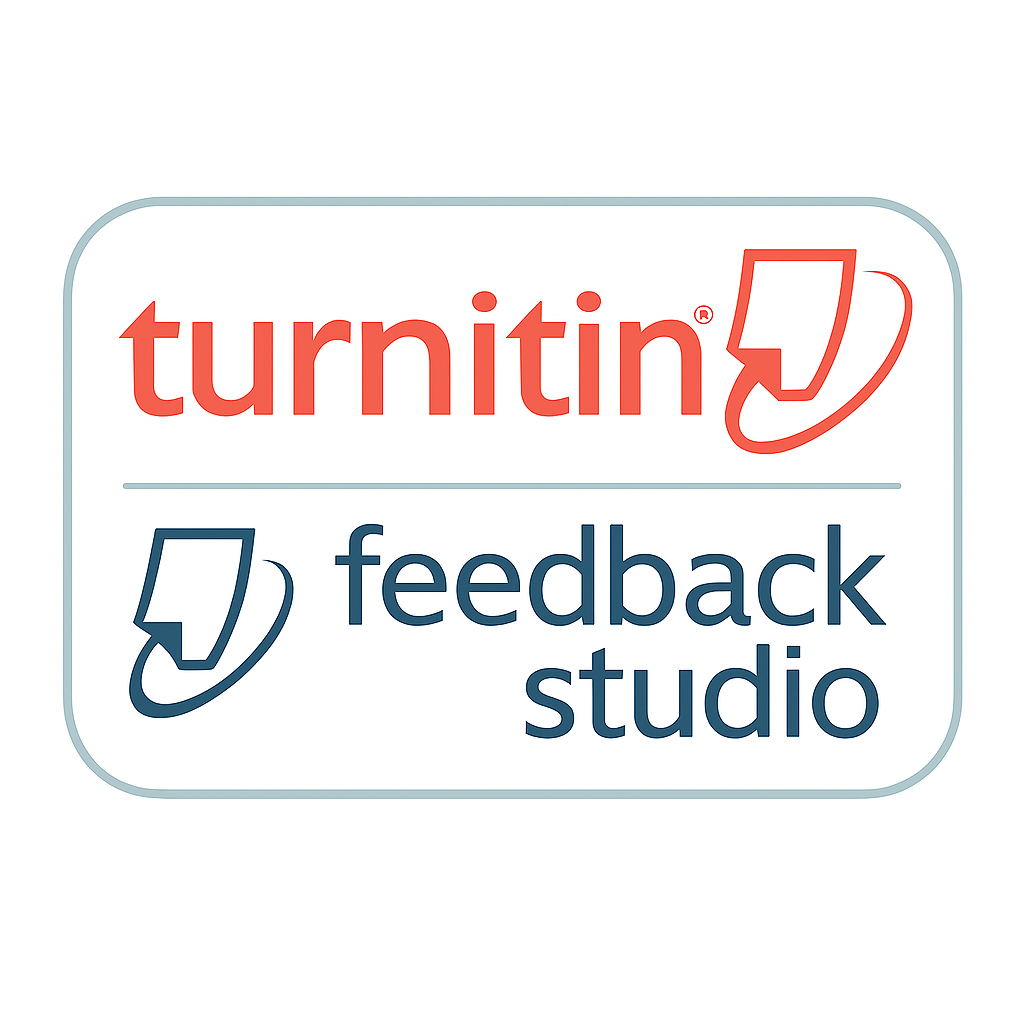
18. Quizgecko
Quizgecko turns any block of text into quiz questions using AI. Teachers can input articles, textbooks, or notes, and the tool generates multiple-choice, true/false, or short-answer questions. It saves hours of quiz creation and allows quick knowledge checks that align directly with classroom materials.

19. ClassPoint AI Quiz Generator
ClassPoint’s AI Quiz Generator scans PowerPoint slides or PDF lesson content to automatically create review quizzes. It identifies key terms, concepts, and learning objectives to generate relevant questions. This streamlines formative assessment creation and enhances interactive teaching without disrupting the existing workflow of educators using slide-based instruction.
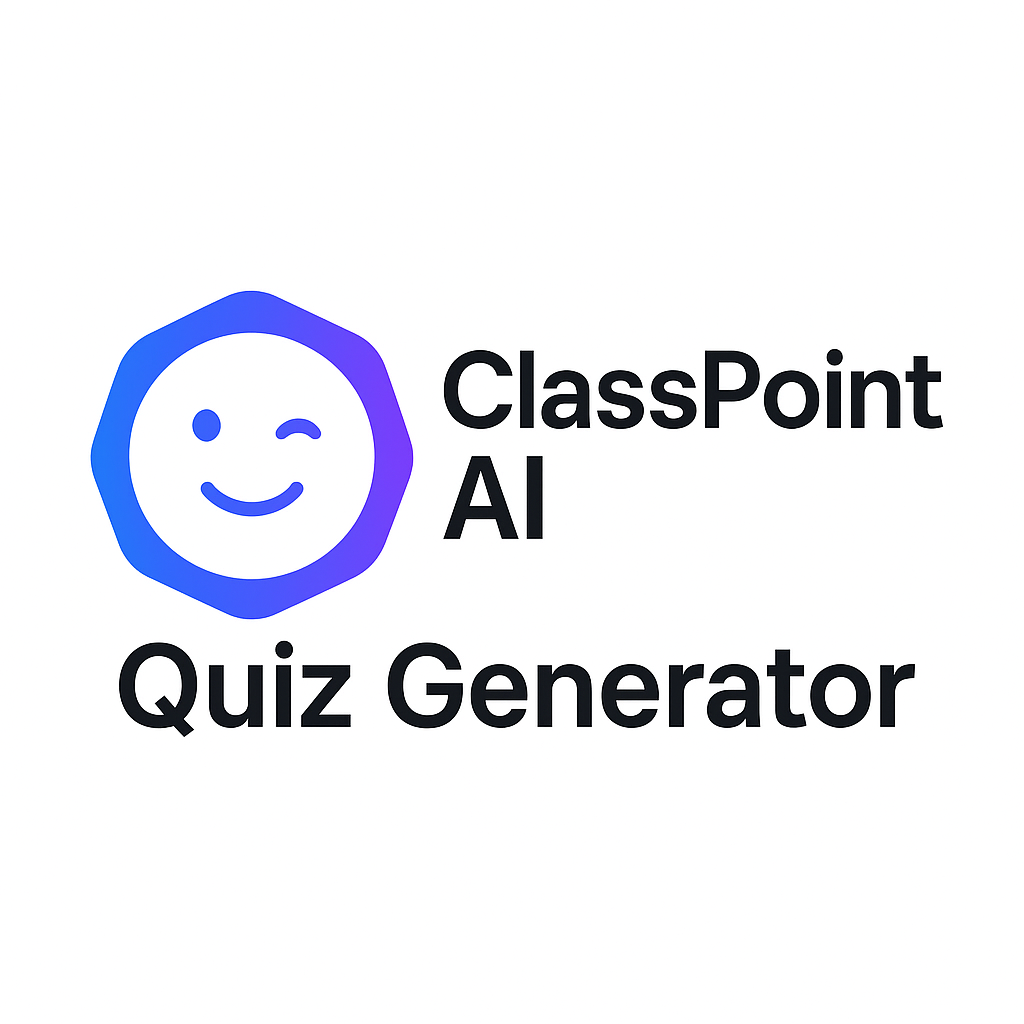
20. ExamSoft
ExamSoft uses AI to analyze student performance, predict test outcomes, and offer personalized study recommendations. It tracks how students answer and how long they take, creating a data-rich picture of mastery and gaps. This helps institutions deliver more secure, meaningful assessments and offer targeted support before high-stakes exams.
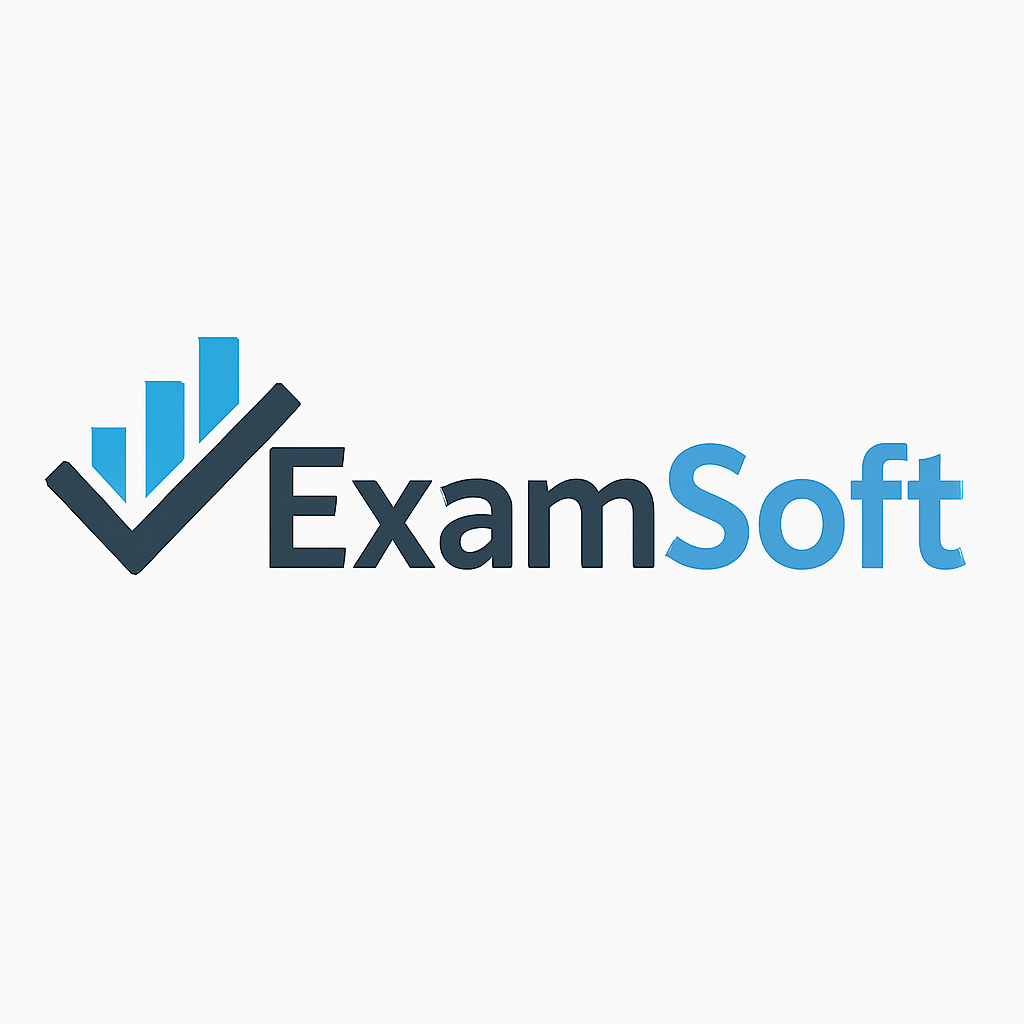
21. Exact Path (Edmentum)
Exact Path combines adaptive assessments with personalized learning paths tailored to K–12 students. After diagnostic tests, its AI recommends specific content and practice aligned with state standards. Teachers get real-time data to track growth, address learning gaps, and differentiate instruction for students at different proficiency levels—all through a single platform.
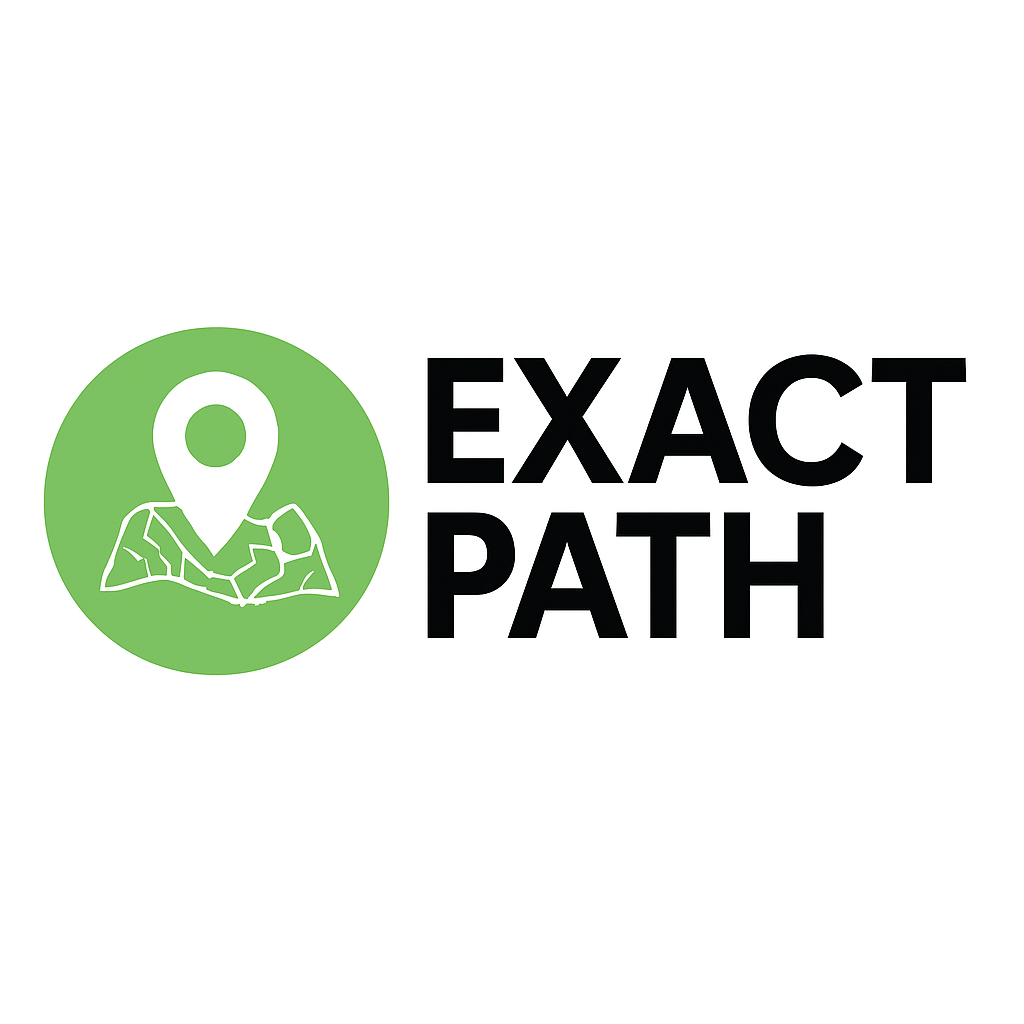
22. R.Test
R.Test predicts standardized test performance after a student completes as few as 30 questions. Its AI engine identifies strengths and weaknesses early on, providing actionable feedback for improvement. It’s a valuable tool for educators looking to improve outcomes on exams like the SAT, ACT, or state-level assessments with minimal input.
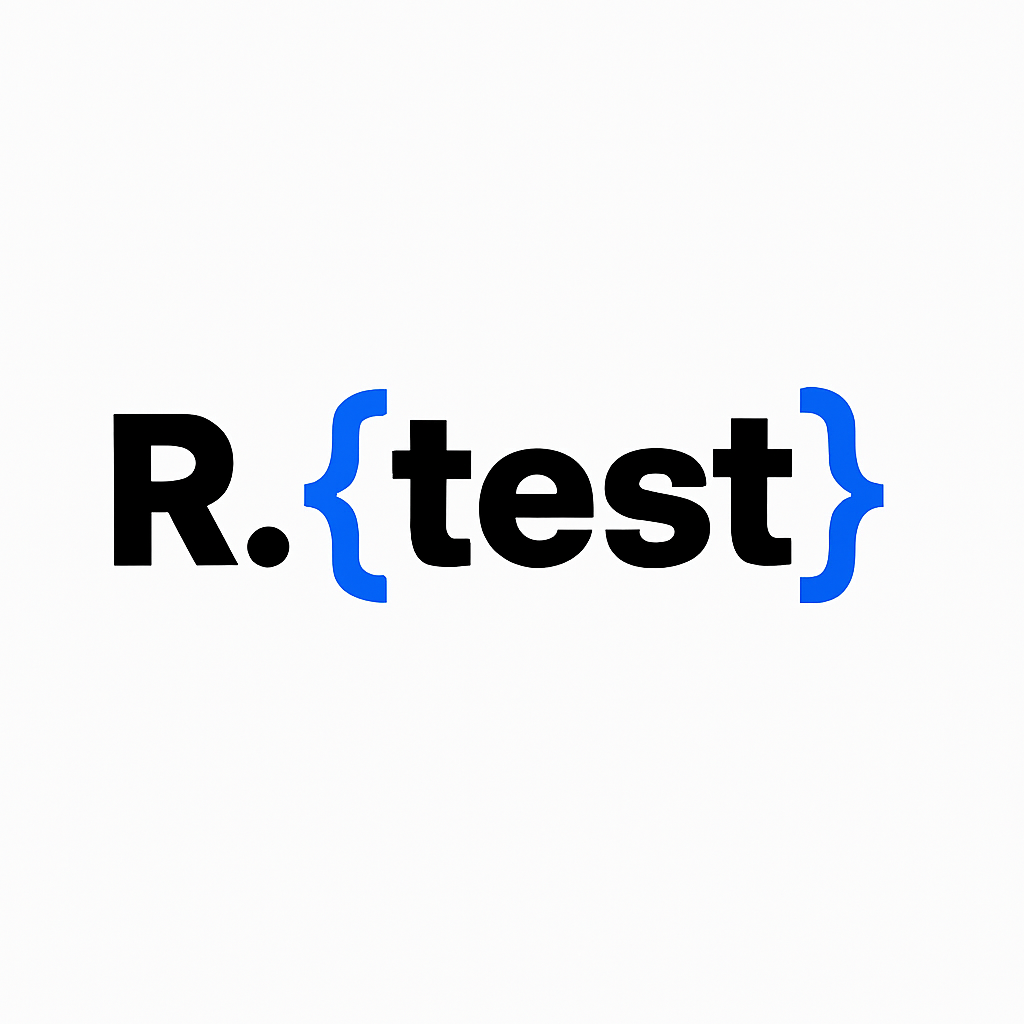
23. Lexplore
This thing watches how kids’ eyes move when they read, which sounds like sci-fi but actually works. If a student keeps going back to reread stuff or their eyes are bouncing all over the place, it might catch dyslexia before anyone else notices. Way better than waiting until a kid is already falling behind to figure out they need help.

24. Hawkes Learning
Won’t let you cheat your way through math. If you don’t really understand how to solve equations, it makes you keep practicing until you do. No more nodding along in class while being totally lost. Kids hate it at first but parents love seeing actual progress instead of fake grades.
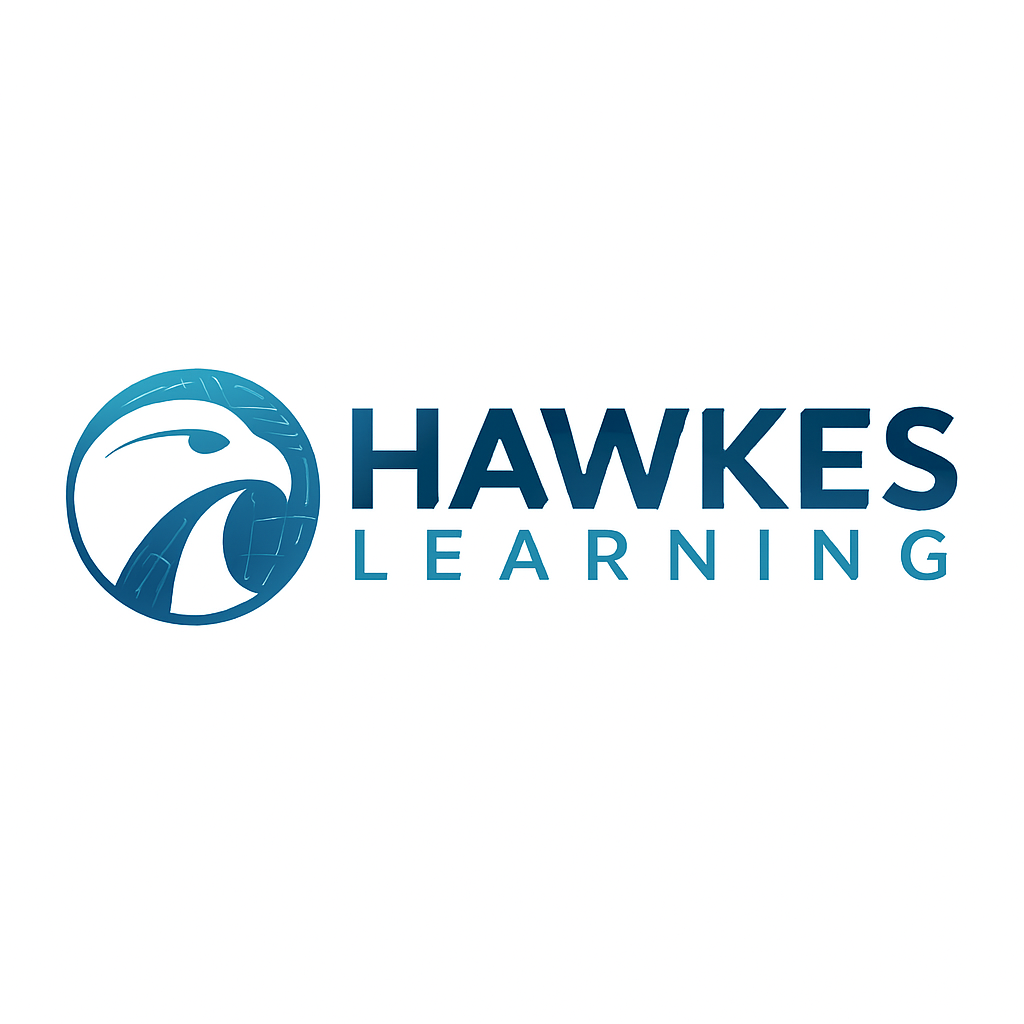
25. Istation
Istation provides AI-powered diagnostic and instructional tools in reading, math, and Spanish. It adapts in real time to a student’s skill level, guiding them through engaging, game-like lessons. Teachers receive progress reports and insights to support RTI (Response to Intervention) and differentiate instruction for students at all ability levels.
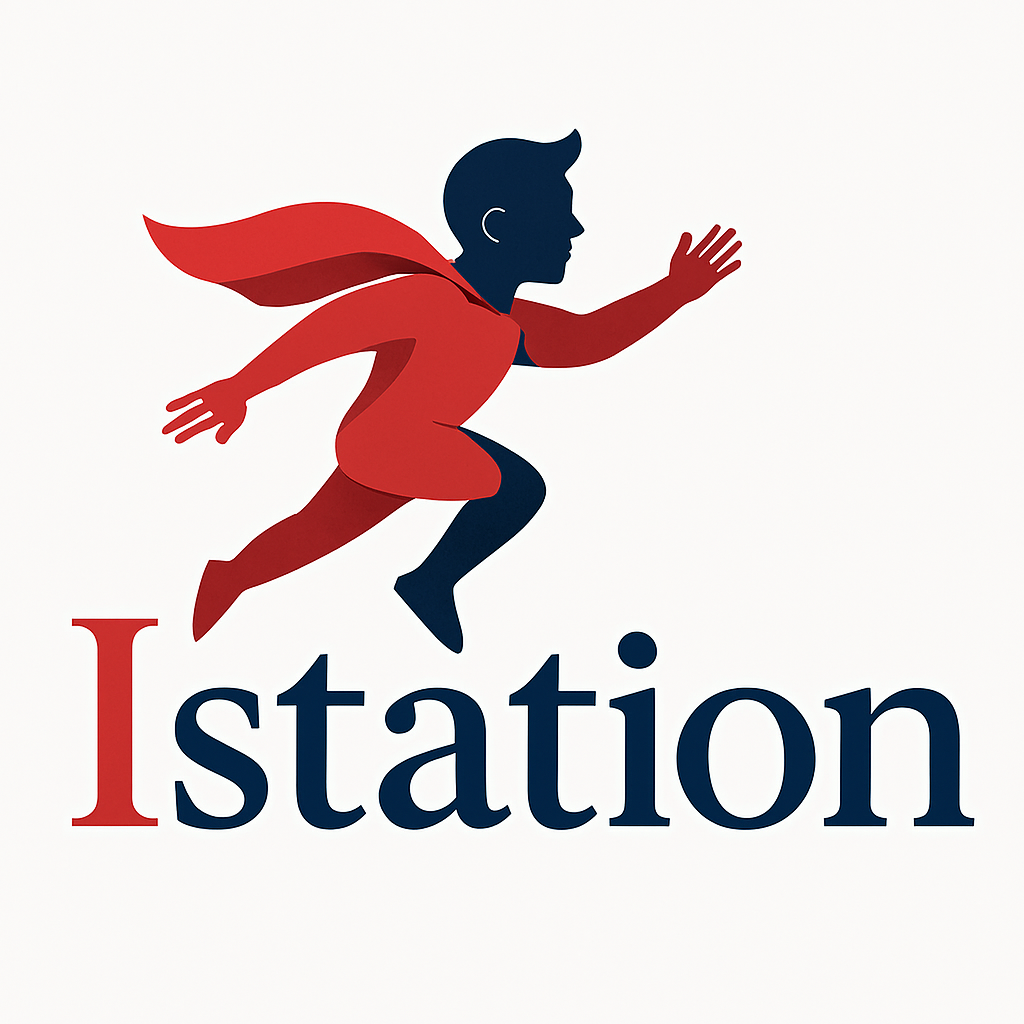
26. Quizlet AI Assistant
Quizlet’s AI Assistant enhances study sets with smart explanations, interactive problem-solving, and automated flashcards. It analyzes user input to suggest the most effective study methods and even helps build personalized quizzes. Students benefit from real-time support, while teachers can create collaborative, adaptive materials that grow with classroom needs.
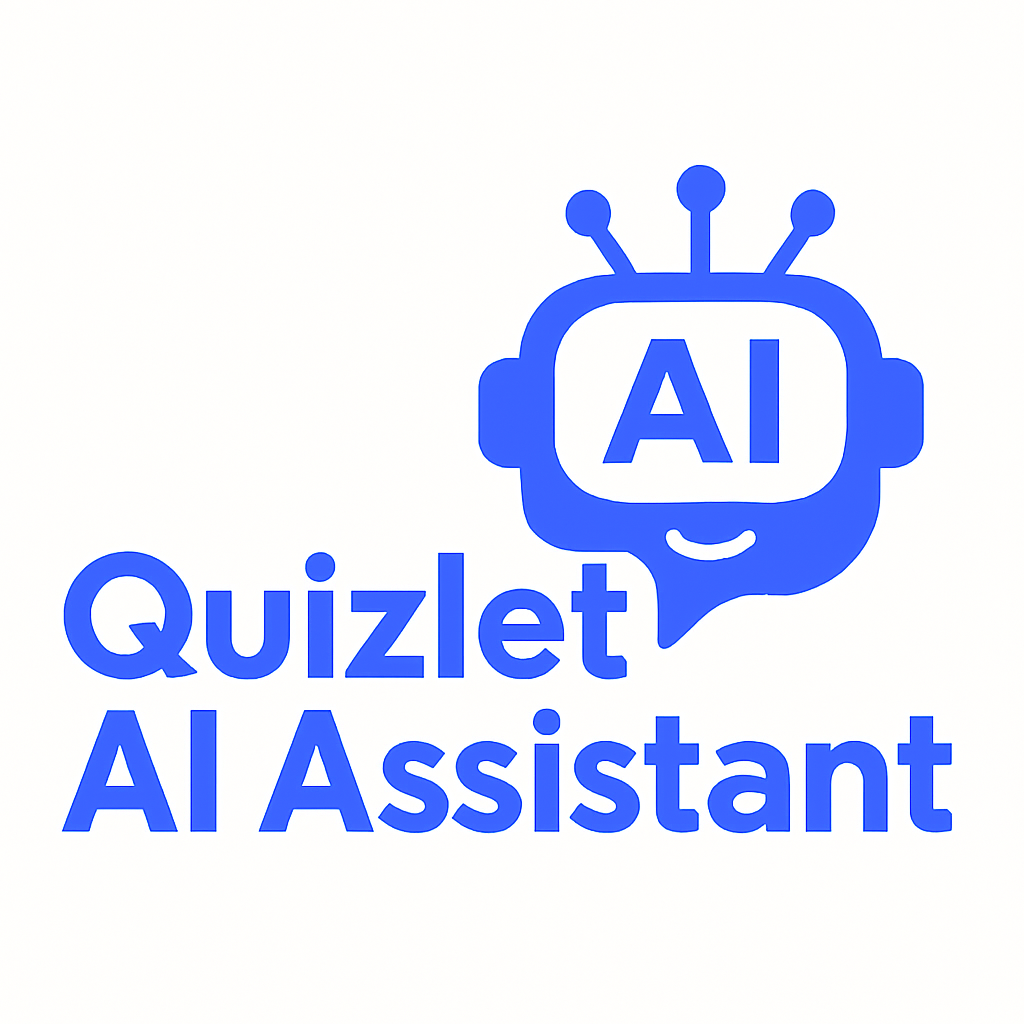
27. Socratic by Google
Socratic helps students with homework by scanning questions or taking photos of problems. Its AI interprets the content and offers step-by-step explanations, helpful videos, and web resources. Ideal for self-paced learning, Socratic bridges gaps in understanding outside the classroom and supports students working without immediate teacher access.
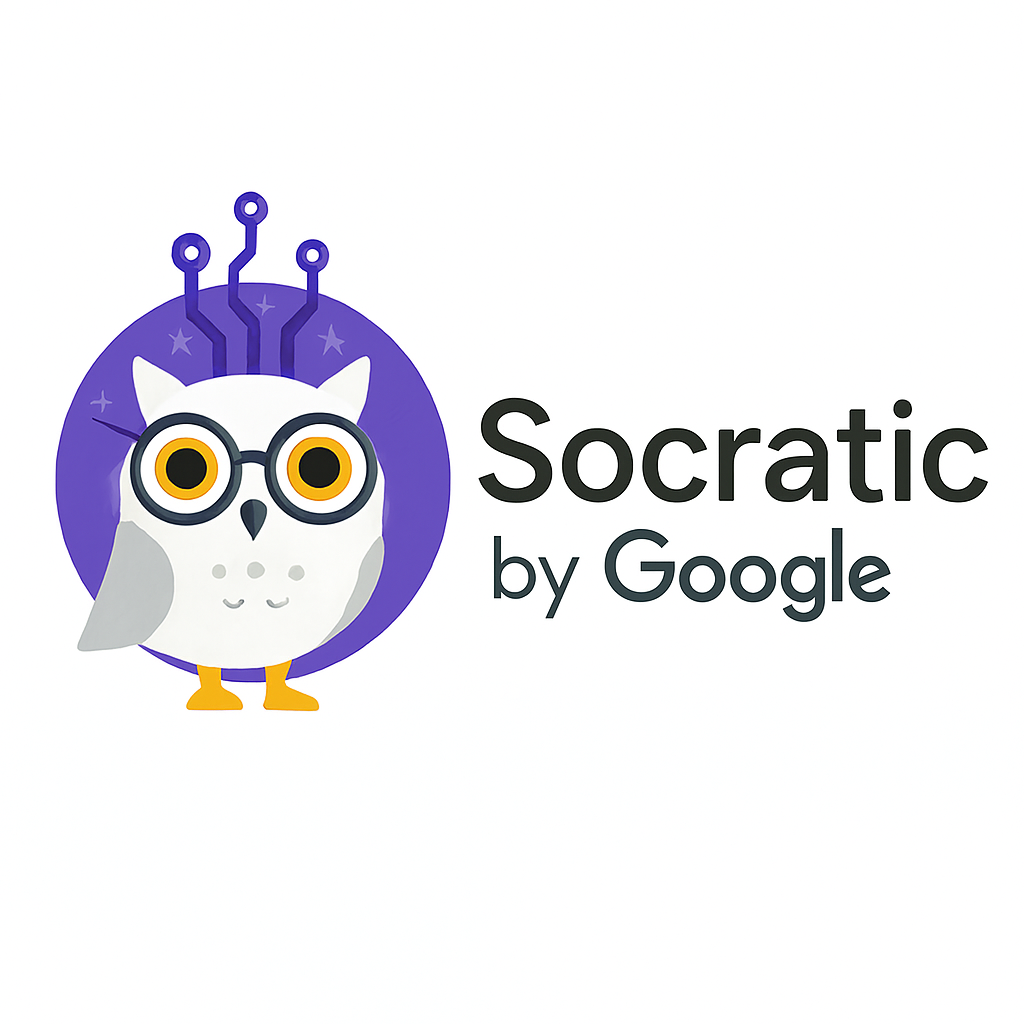
28. Photomath
Photomath lets students take pictures of math problems, then uses AI to solve them with clear, step-by-step explanations. It supports everything from basic arithmetic to calculus. For teachers, it’s a supplemental tool to help students verify their work and understand where they went wrong—especially for visual learners.
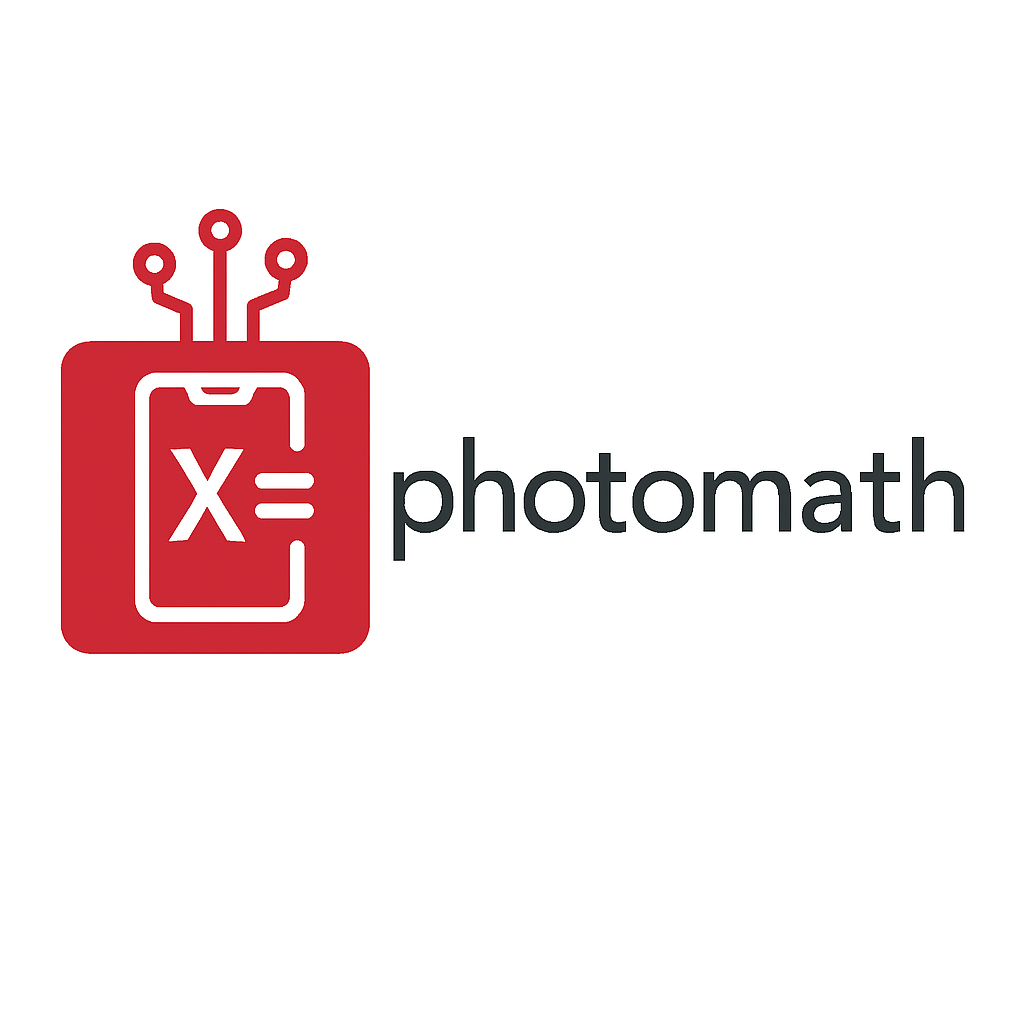
29. Brainly AI Tutor
Brainly uses AI to instantly answer academic questions and provide step-by-step solutions across a wide range of subjects. Its AI Tutor enhances the experience by guiding students through the reasoning process. Students get real-time help, while community moderation ensures quality and accuracy. It’s especially popular among middle and high school learners.
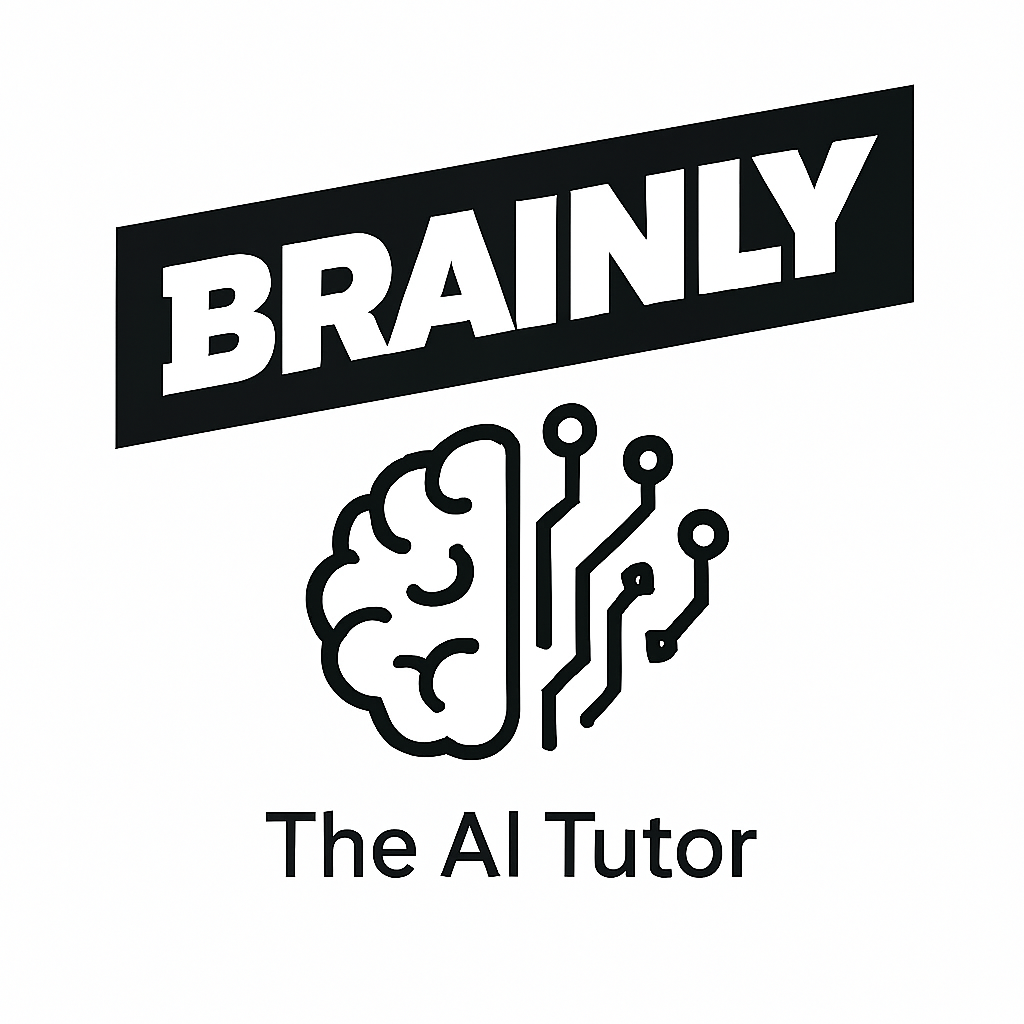
30. AskMyClass
AskMyClass is a virtual classroom assistant that helps manage transitions, energizers, and mindfulness exercises using voice commands. Its AI responds to cues like “start timer” or “calm the class,” saving teachers time while improving classroom flow. It also supports social-emotional learning and engagement through simple, tech-enhanced routines.
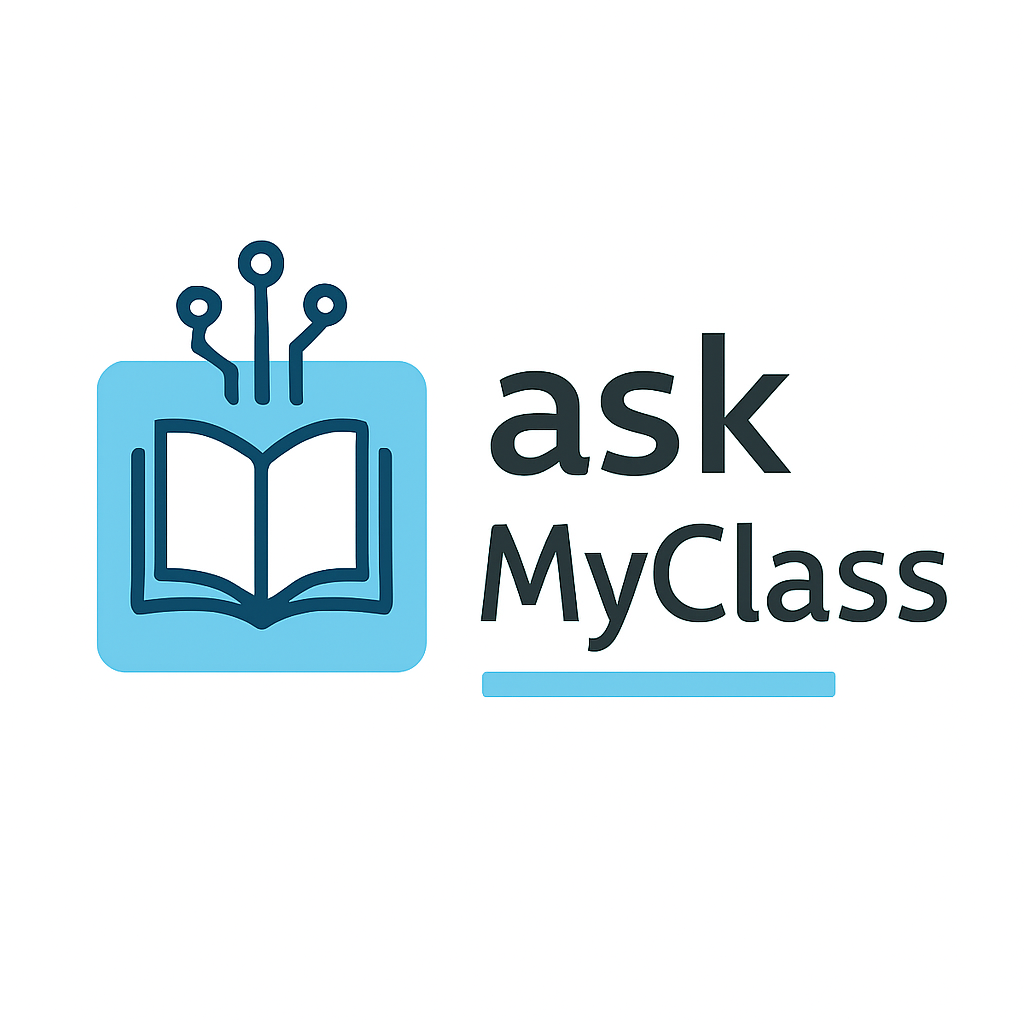
31. Ai-Live Captioning
Creates instant captions for deaf and hard-of-hearing students during class. The text actually makes sense, unlike those terrible captions you see on TV that say random words. Kids can read along with what the teacher is saying instead of missing out on discussions and lectures.
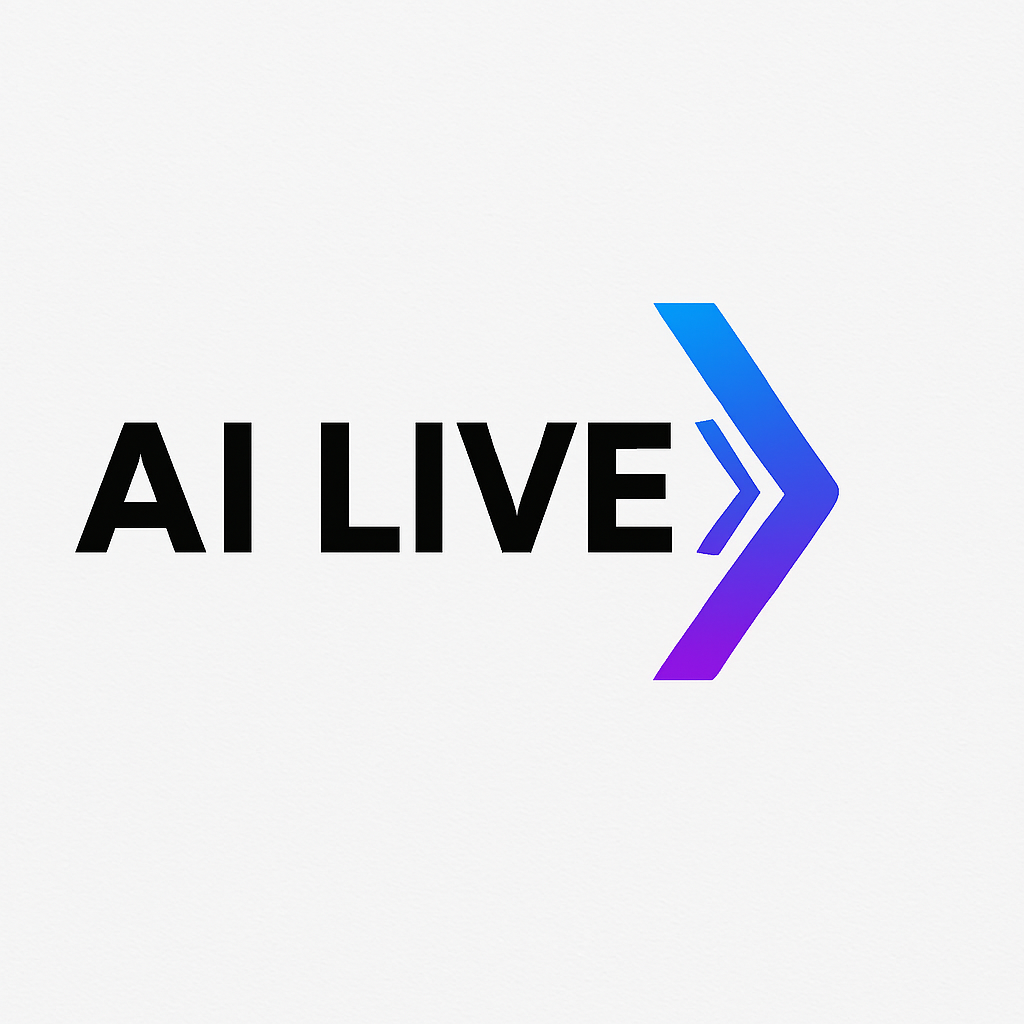
32. Braina Speech-to-Text
Turns talking into typing. Teachers can record their lectures and get written notes without sitting there transcribing for hours. Students can speak their essays instead of writing them out. Pretty handy for kids who think better out loud than on paper.
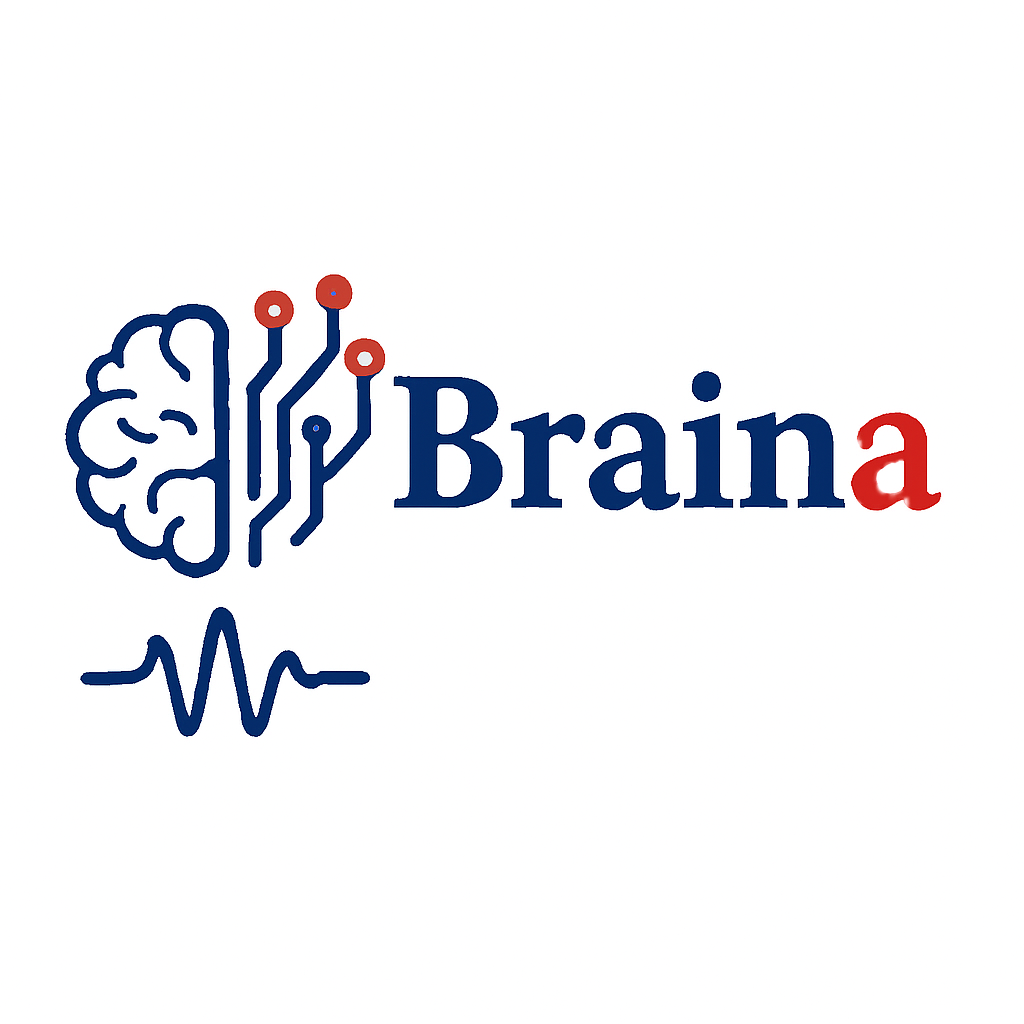
33. Microsoft Immersive Reader
Immersive Reader reads aloud text while highlighting words and breaking down syllables to help improve reading fluency. Designed for students with dyslexia or ESL learners, it also adjusts text size, spacing, and background colors. The AI adapts to individual needs, enhancing comprehension and accessibility across web content, eBooks, and educational apps.
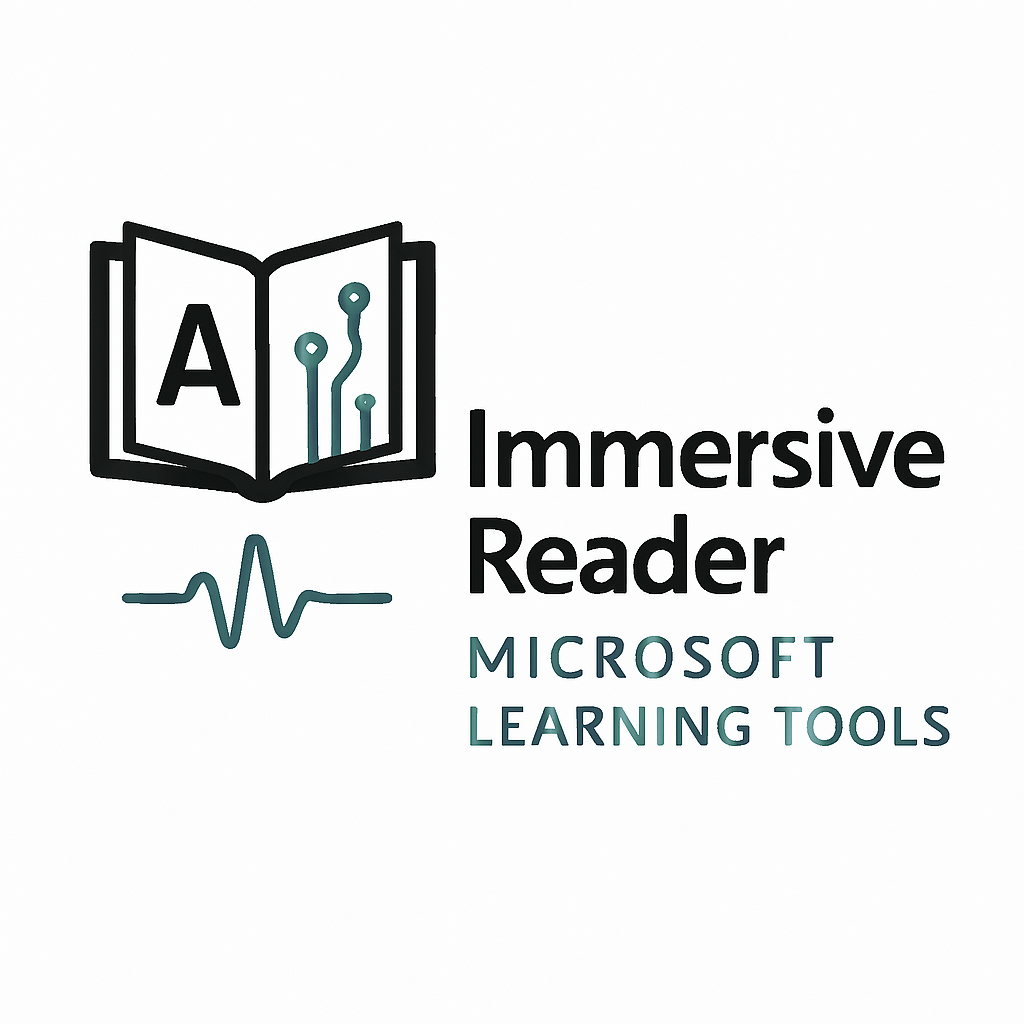
34. ReadSpeaker
Adds a “play” button to digital textbooks and websites so students can listen instead of just reading. Good for kids who learn better by hearing things or struggle with reading. Teachers can build it right into their online materials without needing special equipment.
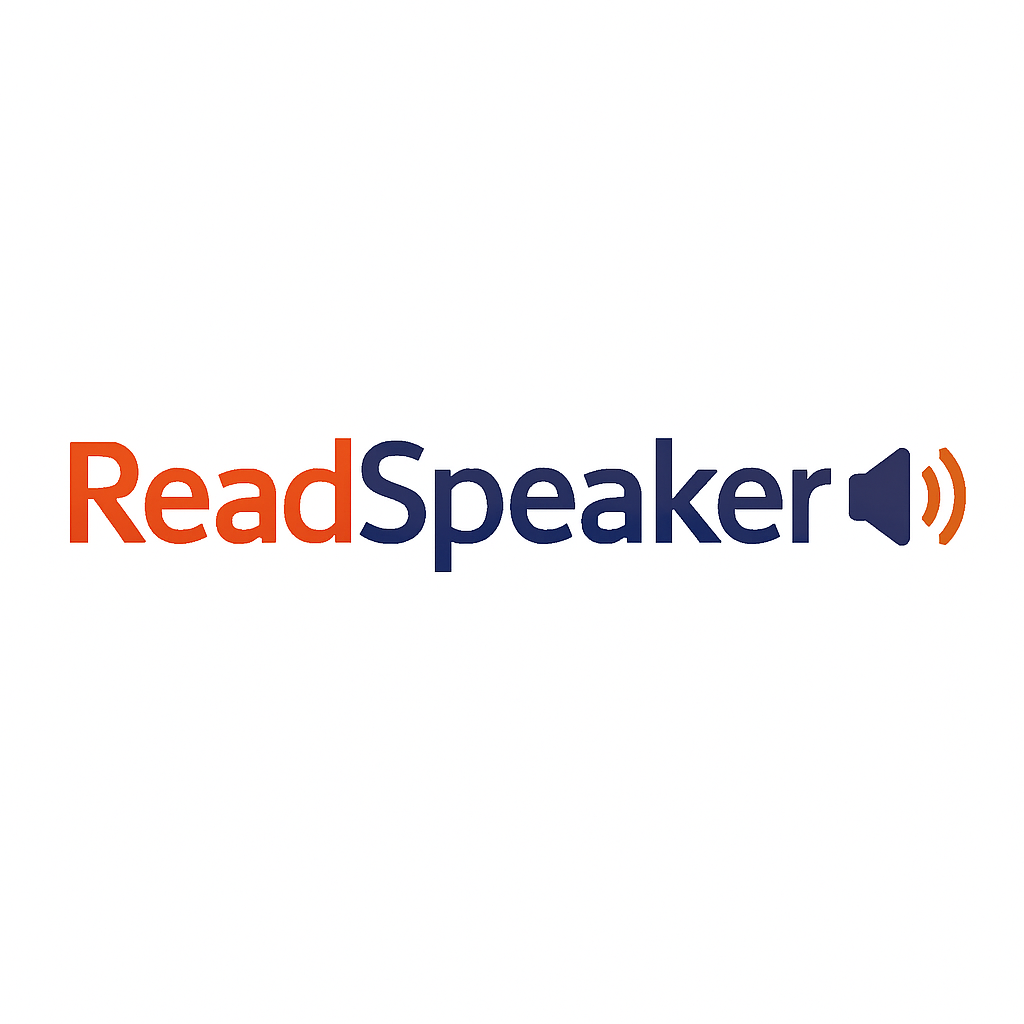
35. Perlego
Digital library with thousands of textbooks that students can access online. The AI helps find relevant books quickly and can create study summaries. Students highlight important parts and the system helps organize everything into study guides. Way cheaper than buying individual textbooks.

36. Zapier for Educators
Connects different apps so they talk to each other automatically. When a student submits an assignment in one system, it can automatically update their grade in another system and send them an email confirmation. Saves teachers from doing the same data entry over and over again.

37. Tassomai
Tassomai uses AI to deliver daily personalized quizzes in core subjects like English and science. It adapts to student responses and focuses more on weak areas over time. Teachers gain insights into class performance, while students benefit from regular low-stakes testing that boosts retention and encourages consistent study habits.
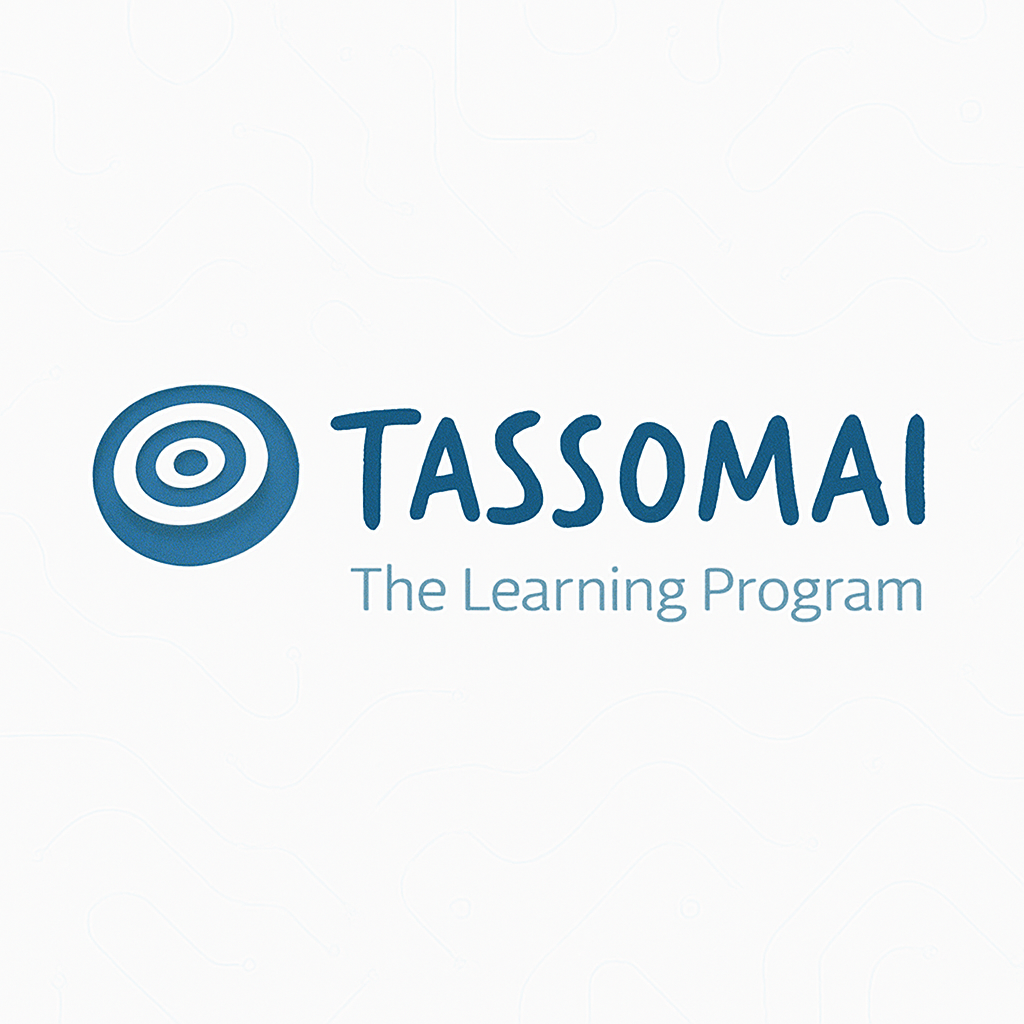
38. Otter.ai for Meeting Notes
Records meetings and turns the audio into written notes automatically. Knows who’s talking and when they said it, so you can jump to specific parts later. Teachers use it for parent conferences and staff meetings so they don’t have to scribble notes while trying to listen. Way easier than trying to remember everything that was discussed.
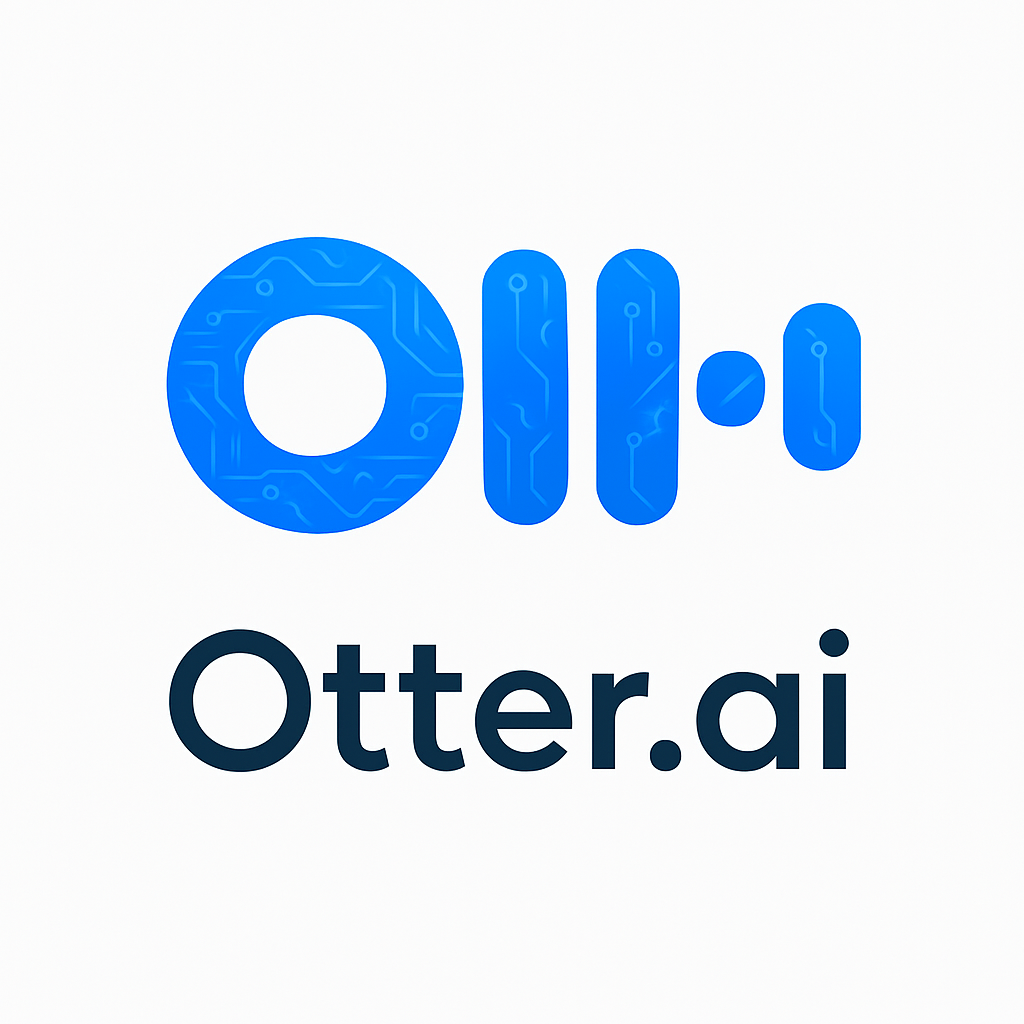
39. Turing AI Camera
Turing AI Cameras can be used in schools to automate attendance, monitor security, and track student movement. This product uses facial recognition and behavioral analytics. They streamline campus safety protocols and support administrators in maintaining secure, efficient school environments.
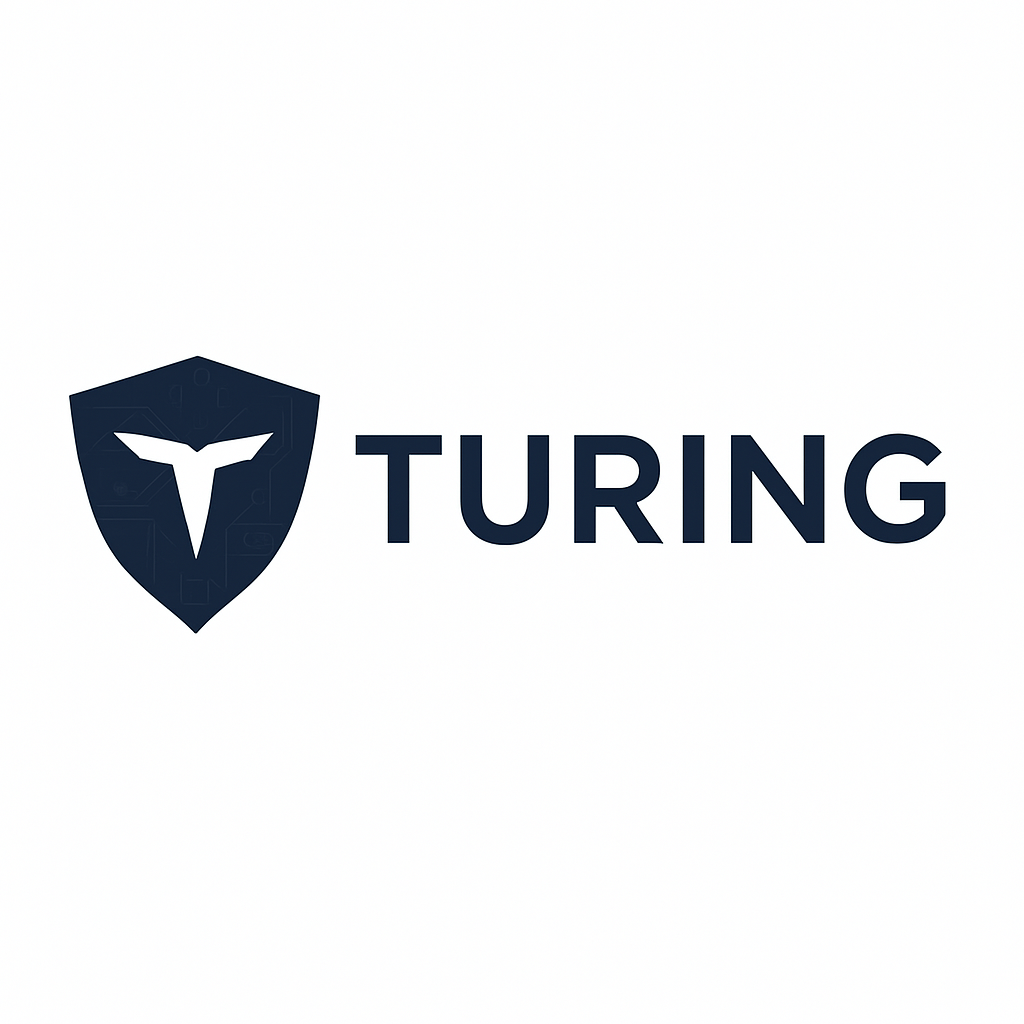
40. Schoology + AI Integrations
It is a management system that uses AI that can help with grading and lesson planning. Teachers just make notes about how well each student is doing, and the system tracks everyone’s progress automatically. Teachers get more time to actually help students instead of spending nights grading papers.

Future of AI in Education and Its Potential Impact
The technology keeps getting smarter, which means bigger changes are coming for how kids learn and teachers teach. We’re already seeing virtual tutors that can help students 24/7 and software that creates lesson plans automatically. But this is nothing compared to what’s being developed right now.
The money tells the story – companies expect to spend over $20 billion on education AI by 2027. That’s because schools everywhere are desperate for solutions that can handle more students without hiring more staff. AI promises to do exactly that. The question isn’t whether AI will change education more.
AI can finally give every student exactly what they need to learn. Kids who get math quickly can move ahead while others get extra help with fractions. No more one-size-fits-all lessons that bore some students and lose others completely. This could actually fix some big problems in education. Kids who’ve been left behind might finally catch up. Students in underfunded schools could get the same quality instruction as kids in wealthy districts.
The schools that get this right will be amazing places to learn. More personalized attention for every student. Teachers are freed up to do what they do best. Kids prepared for a world where understanding technology isn’t optional. The schools that get it wrong? They’ll create new problems worse than the ones they were trying to solve. Technology is coming whether we’re ready or not. The smart move is to figure out how to use it responsibly before someone else makes those decisions for us.
Conclusion
AI is already in your kids’ schools. It’s not some future sci-fi thing – teachers are using it today to grade papers, create lessons, and help students who are struggling.
Is it perfect? Not even close. There are real concerns about student privacy and making sure the technology doesn’t make existing inequalities worse. Some schools are handling this well. Others are making it up as they go along.
Your kid still needs great teachers. No computer program can replace someone who notices when a student is having a tough day or gets excited when concepts finally click. AI is just a tool – like calculators or projectors. It can make teaching better, but it can’t do the teaching.
The tricky part is getting it right. Schools that jump on every new tech trend usually waste money and confuse everyone. Schools that resist all change get left behind. The smart move is being thoughtful about what actually helps kids learn.
We work with schools that want to use AI responsibly. Not because it’s trendy, but because it can genuinely help students and teachers. We help them figure out which tools are worth using and which ones are just expensive distractions.
Want to integrate AI tools into your business? We are here to support you every step of the way.




